

©Jejak tabi Exchange 2018-2021

Kuala Lumpur is the federal territory and the capital of Malaysia and the largest city in the country, covering an area of 243 km2 (94 sq mi) with an estimated population of 1.73 million as of 2016. Greater Kuala Lumpur, also known as the Kilang Valley, is an urban agglomeration of 7.564 million people as of 2018. It is among the fastest growing metropolitan regions in Southeast Asia, in both population and economic development.
Kuala Lumpur is the cultural, financial and economic centre of Malaysia. It is also home to the Parliament of Malaysia and the official residence of the Yang-Pertuan Agong, the Istana Negara. The city was once the seat of the executive and judicial branches of the federal government, but these were relocated to Putrajaya in early 1999. However, some sections of the political bodies still remain in Kuala Lumpur.
Kuala Lumpur is also a hub for cultural activities and events in Malaysia. From government-run venues such as National Museum or Istana Budaya, to privately-run arts centres down to artist collective established here.
Official Aftermovie
20(Thu) September 2018, 20:00 Open Studio and Showcase
Venue:BLACK BOX, Akademi Seni Budaya dan Warisan Kebangsaan(ASWARA)
Composed by Teuku Umar for Malay gamelan, Maharajawana is based on the translation text of ’Cherita Maharajawana’, popularised by the Kelantan shadow puppetry of wayang kulit. This work attempts to conceptualise a narrative music in Malay gamelan form, with the musical ideas absorbed from Makyung music as well as the approach of the composition using manipulative musical elements (time signature, tonality etc.); to represent the characters of Maharajawana. Using musical leitmotifs to represent the characters, the music develops into a story, reflecting the epic story of Maharajawana.

Artist profile
Teuku Umar Ilany graduated in 2014 with a first class degree in composition and arranging from ASWARA. At ASWARA he exposed to traditional Malay performing arts, from Wayang Kulit (Malay shadow play) and Mak Yong to Bangsawan, Mek Mulong and Randai – all influencing his musical skills. He has directed traditional performances in ASWARA and has led the ASWARA Gamelan Group in collaboration with the Malaysian Philharmonic Orchestra (MPO). He is also a resident composer of Rhythm in Bronze. He is a lecturer in ASWARA (PuTRA), and technical director and resident composer of Gangsapura Enterprise, researching and conserving the traditional Malay gamelan while creating contemporary works.
What is a modernized society?
What does modernization mean for us?
Who are we?
There is a bottle with a letter and instructions inside. The instructions tell their readers to re-examine different senses of value from before and after Western modernisation. Through experiments, the bottle ’s recipients are invited to create a new piece of performing arts that allow them to survive the present.
This project is an extension of the ”Archive Box ” Project, originally conceived by Ong Keng Sen from Singapore together with the Saison Foundation for the 1025 Singapore International Festival of Arts. The ”Archive Box ” Project is based on the question of how dance artists may address the fact that their works are fundamentally ephemeral. Archive boxes were then created, to be used by other artists, who might in turn be inspired to make new dance works from the boxes. The project was an attempt at transferring ephemeral pieces of dance into physical objects.
In Floating Bottle Project, Japanese dancer and choreographer Tezuka converted her piece entitled ”Anatomical Experiment-6 ” into an archive box. Then, Perera created a new performance based on this archive box, which was the ”bottle with the letter and instructions inside. ” This exchange between Tezuka and Perera became the ”Floating Bottle Project, ” in which then Suh from Korea will receive the bottle and create new work.
The showing of 3 pieces by Tezuka, Perera, and Suh all together will mark the start of collaboration toward the creation of new dance
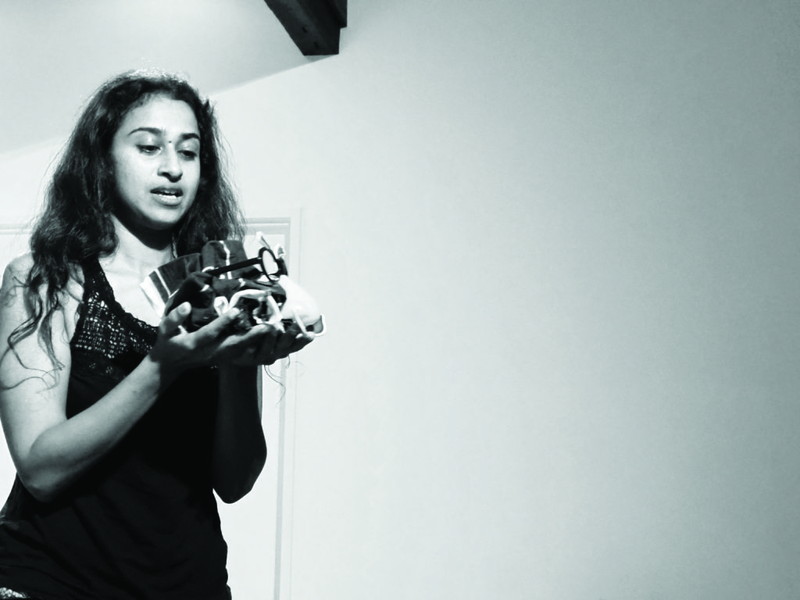
Artists profile
Natsuko Tezuka started her solo dance career in 1996, exploring her own style that doesn’t employ conventional techniques. She produced her “Anatomical Experiment” series with the theme of body observation in 2001. The work was presented as a finalist for the Toyota Choreography Award in 2002. In 2010, she started a new project “Asia Interactive Research”, to observe Asian folk performing arts. From December 2012 to February 2013, she performed Anatomical Experiment 6: Departure From a Distorted Image in Fukuoka, Yokohama and Kobe. She performed in Dance Marathon: OPEN WITH A PUNK SPIRIT! at the Singapore International Festival of Arts (2015) and Asian Arts Theatre in Korea (2016).
Venuri Perera is a performing artist exploring contemporary approaches to dance-making in Sri Lanka. She holds a Master’s Degree in Psychology from the University of Pune and in 2008, and completed her Post Graduate Certificate in Dance from Laban Centre, London (2008). Venuri was part of international residencies, including at Indonesian Arts Summit: Yogyakarta/Bali and Asian Arts Theatre in Gwangju, where she researched the cross cultural connections in local rituals. She was part of the ‘Archive Box’ Project initiated for Dance Marathon: OPEN WITH A PUNK SPIRIT! in Singapore International Festival of Arts in 2015. She is a member of the Dance Panel of the Arts Council in Sri Lanka.
Suh Yeong Ran is a performing artist. She researches on ancient beliefs and mythology. She first studied Fashion and then moved to Modern Dance, Choreography and Philosophy. In 2011, She started to research about Korean shamanism that resulted in a lecture performance I Confess My Faith that premiered in Festival Bom. In 2013, she participated in a Nomadic residency in Mongolia and researched on the relationship between Korean and Mongolian shamanism. She created the performance The God of Earth Comes Up Imperfectly invited by Festival Bom and Festival Tokyo introducing new performances inspired by shamanic resonances and traditional Korean dance & music.
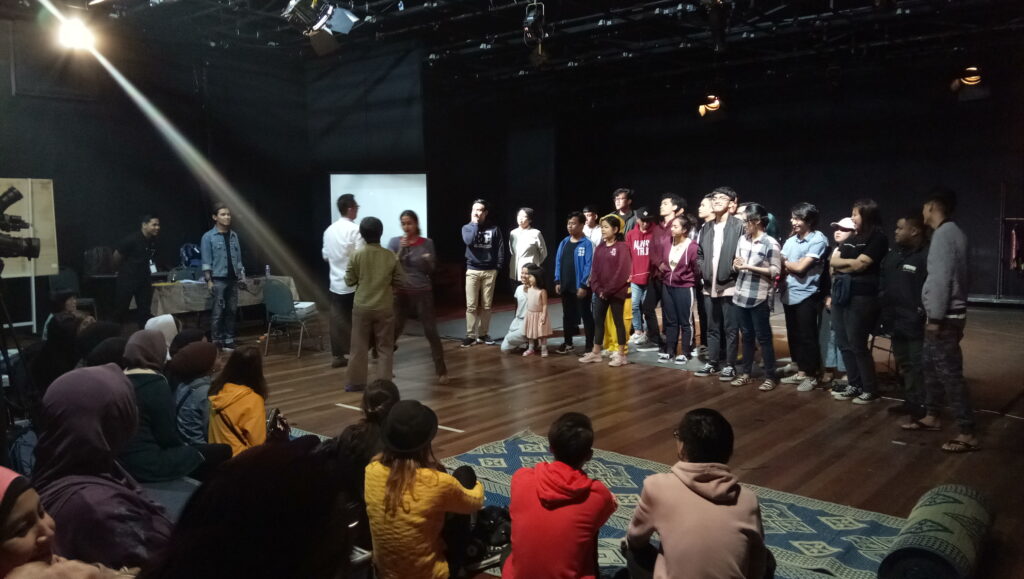
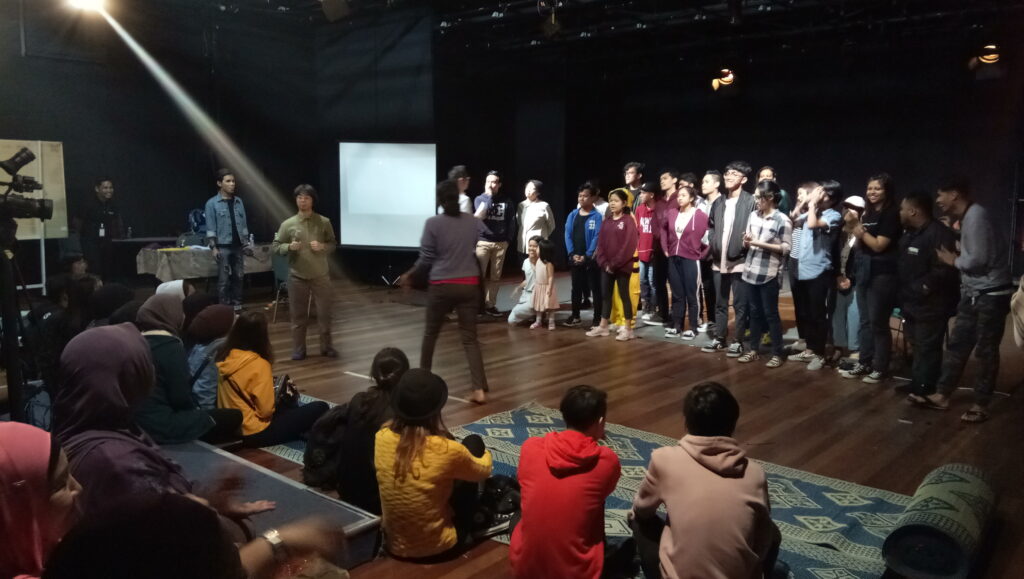

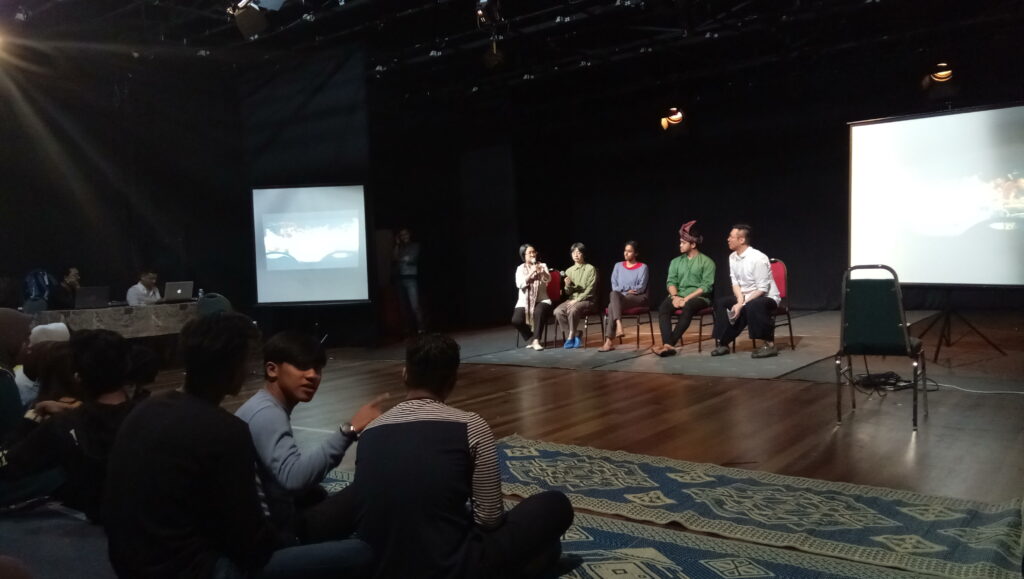
22(Sat) September 2018, 15:00 Panel Discussion
Venue:STUDIO PETALAWATI, Akademi Seni Budaya dan Warisan Kebangsaan(ASWARA)
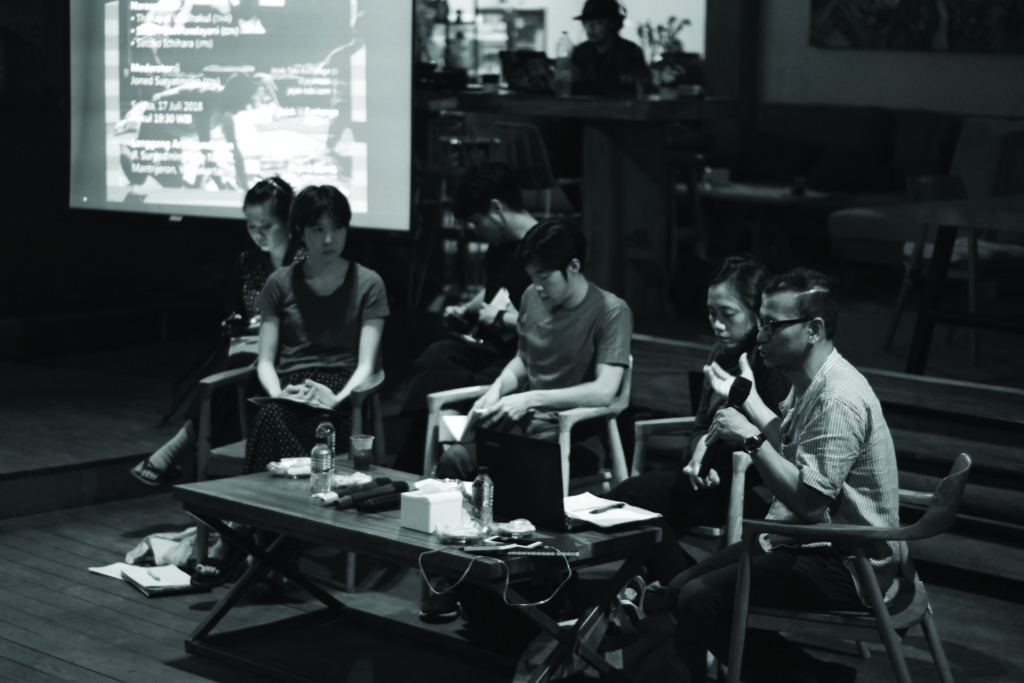
Regional producers, curators and programmers will share their insights into the complex art of curation and programming. They will speak on the urgency of regional platforms and festivals that focus on local contemporary arts practices and how each of them connect their respective practices historically, culturally, aesthetically and socio-politically to the wider region of Asia.
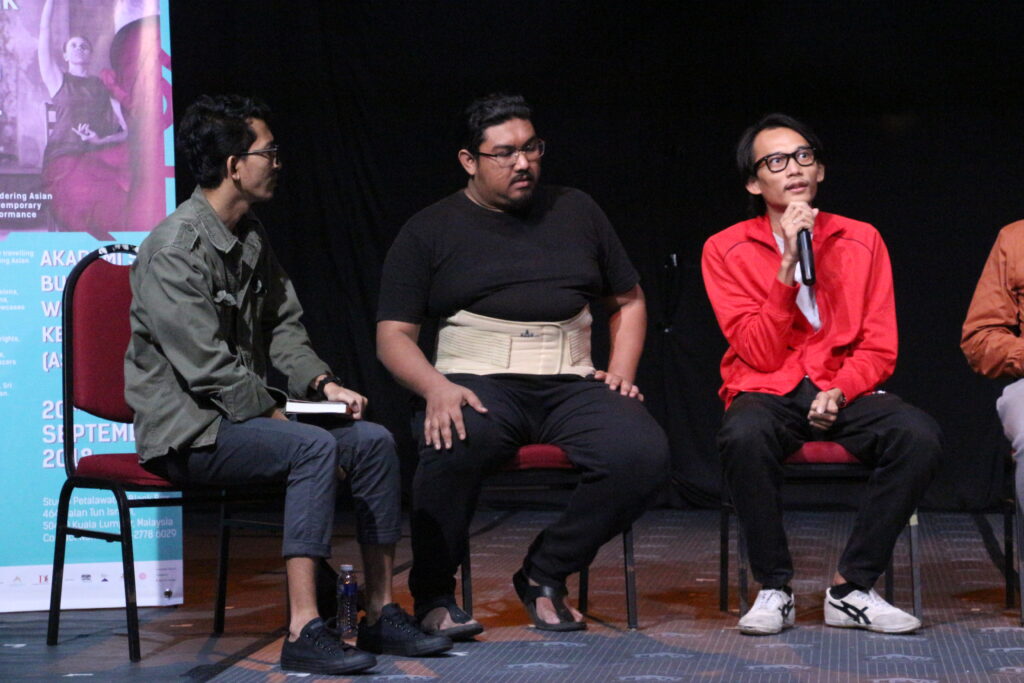
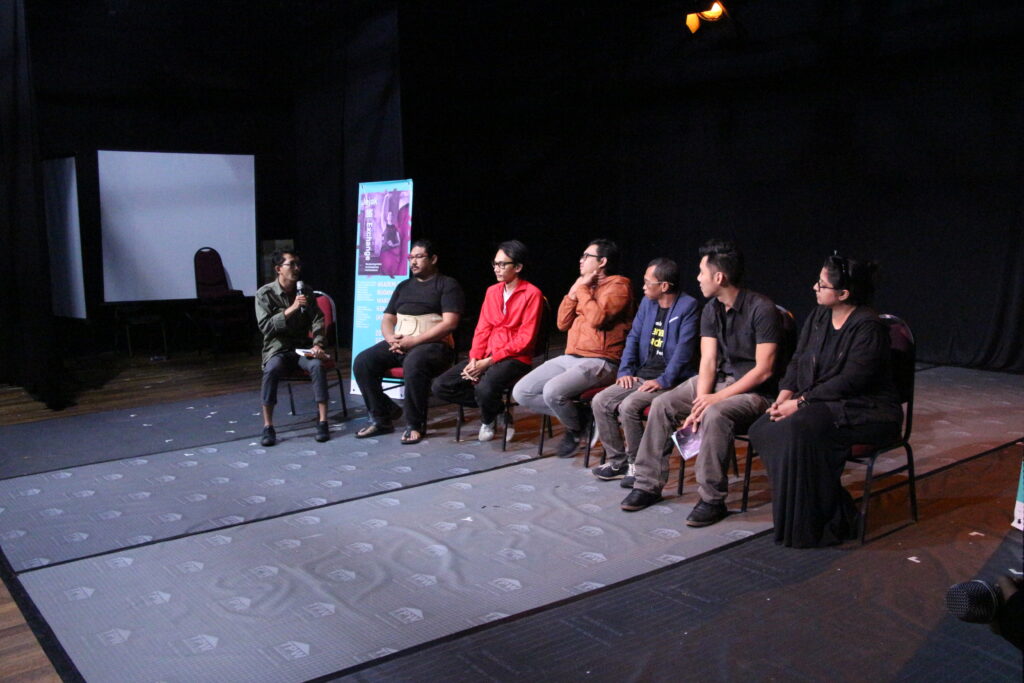
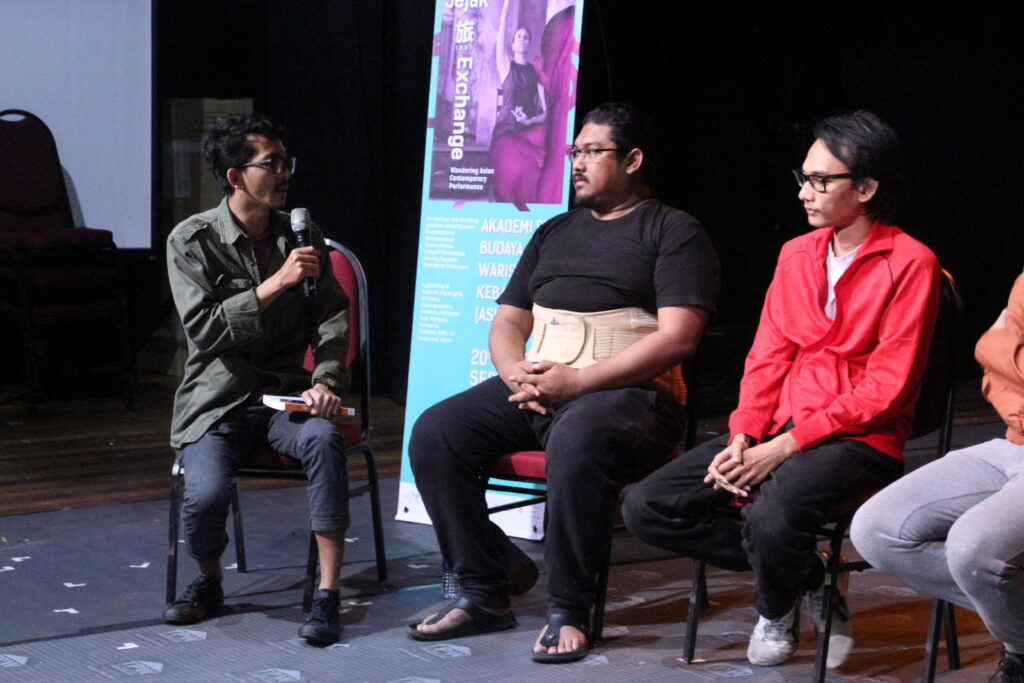
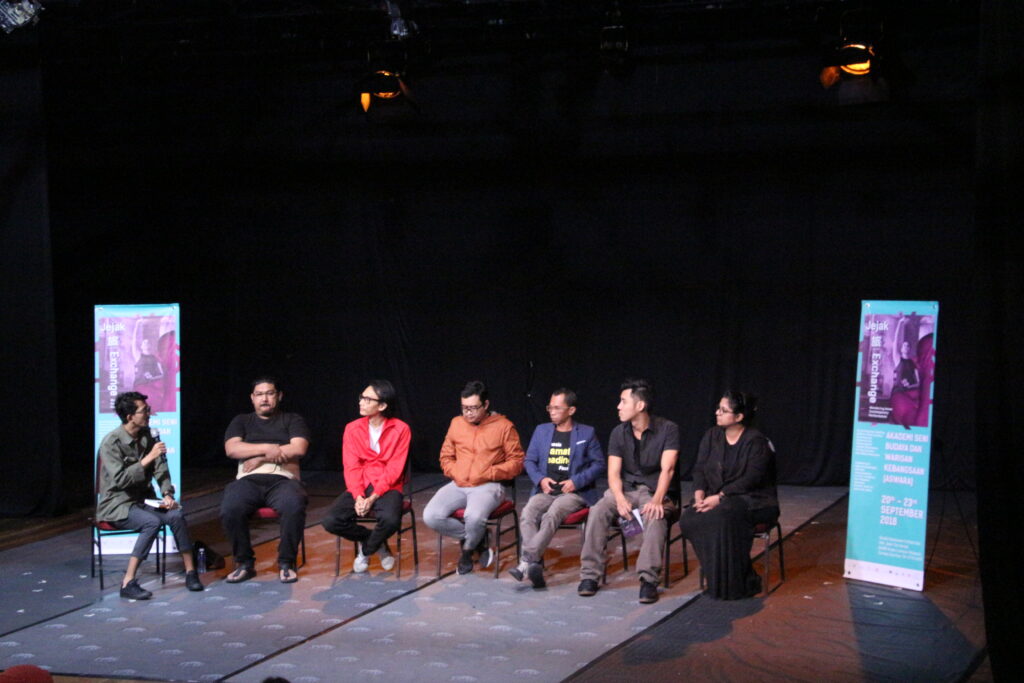
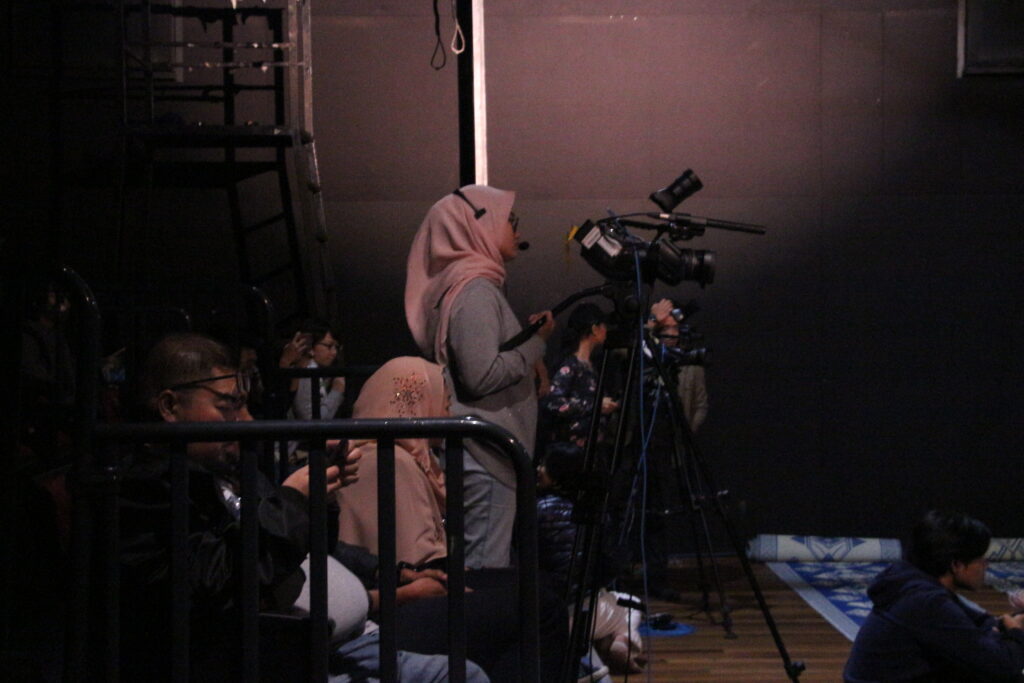
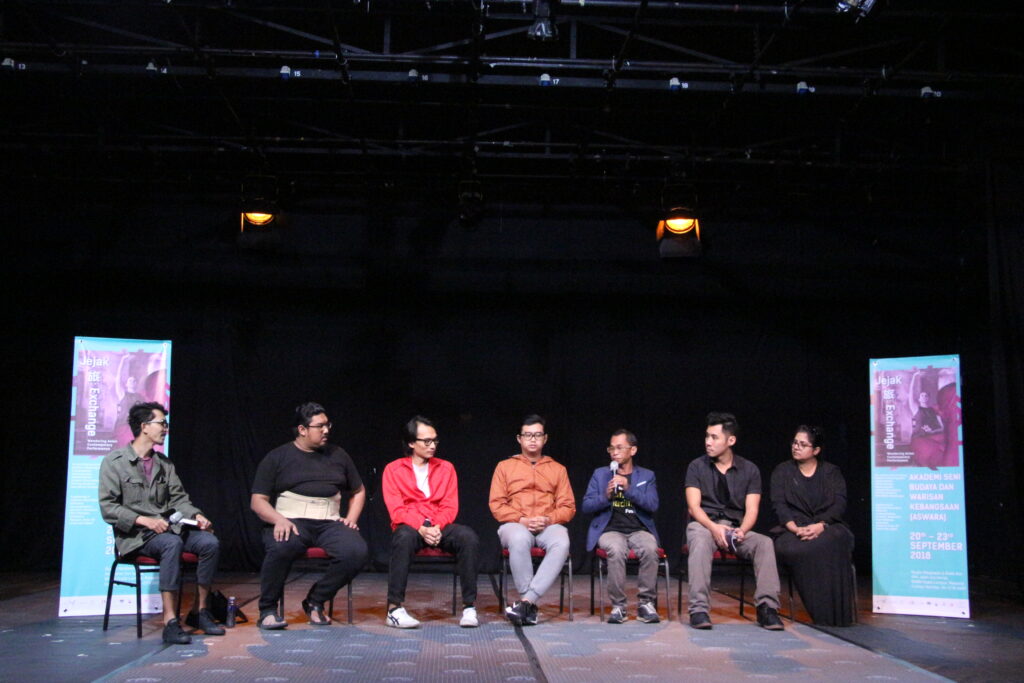

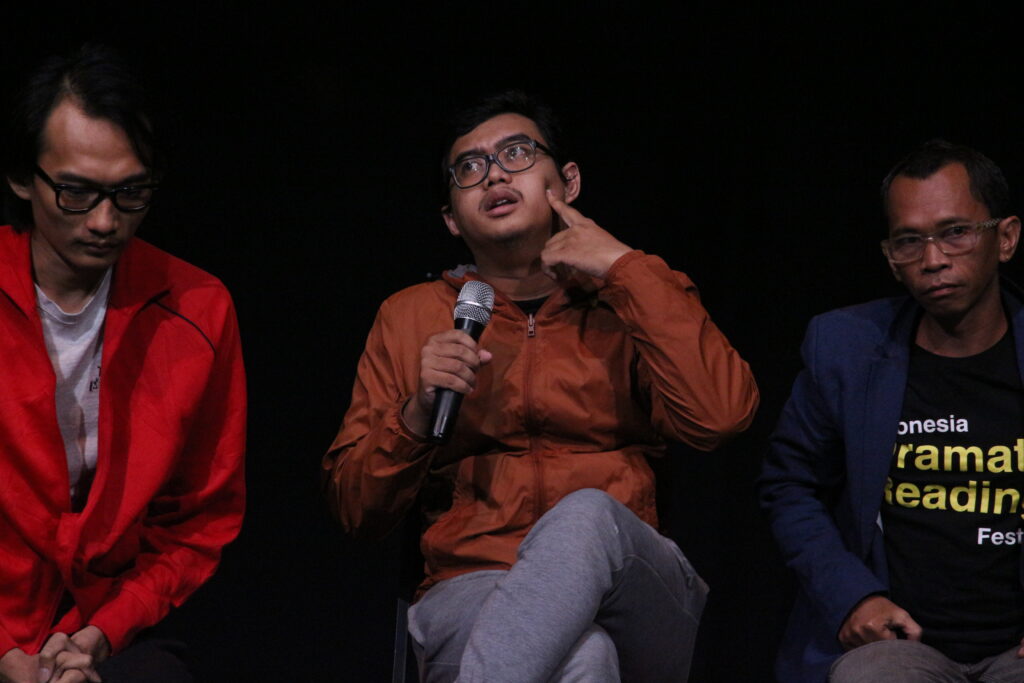
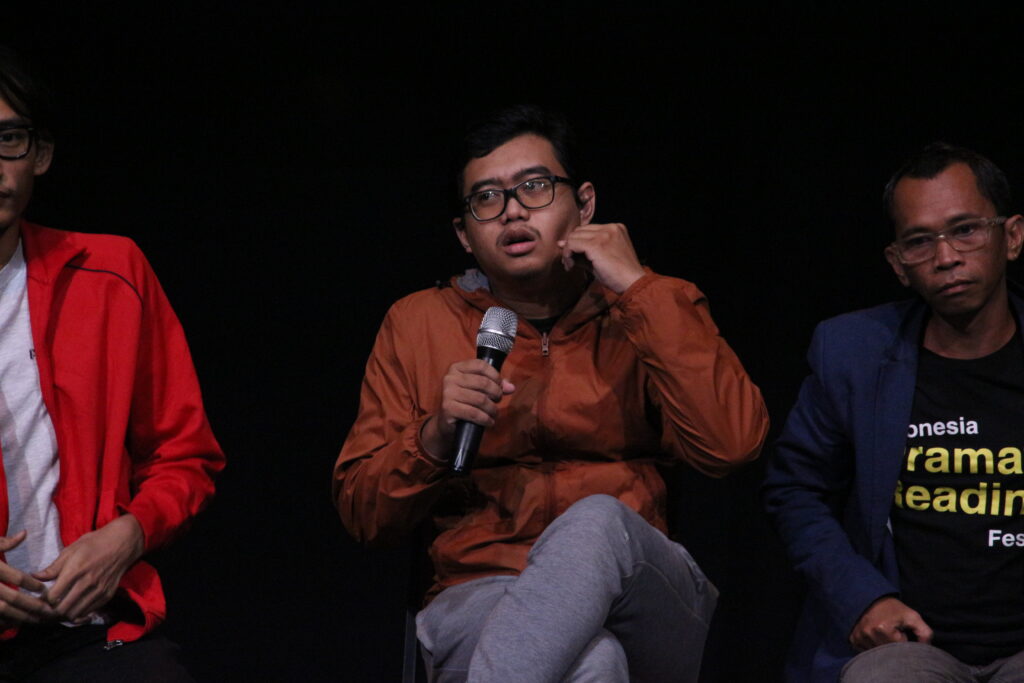
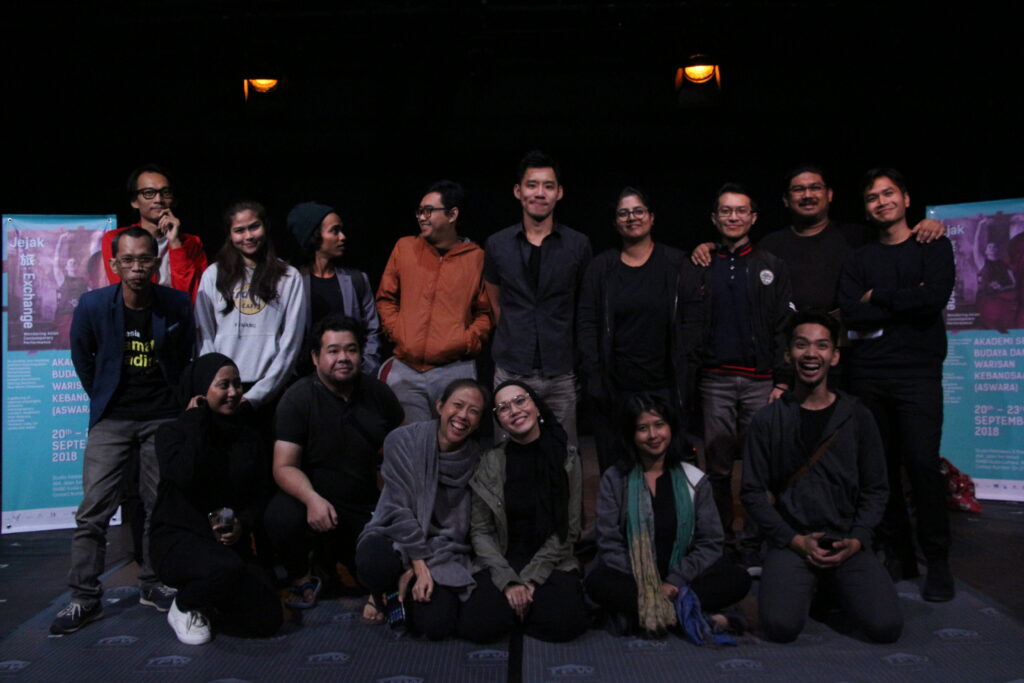
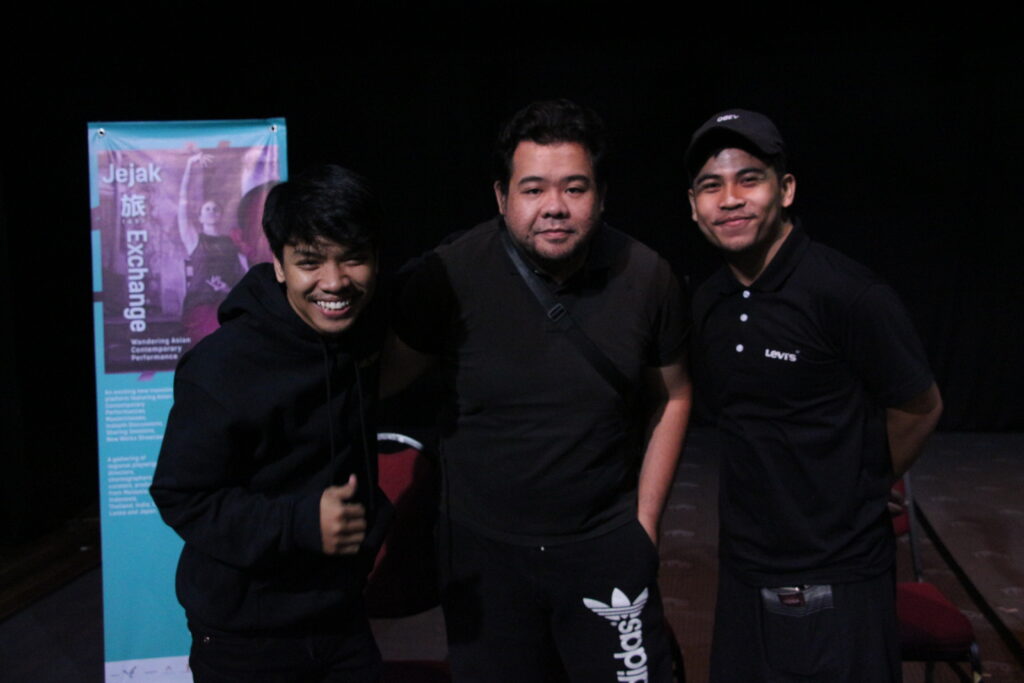
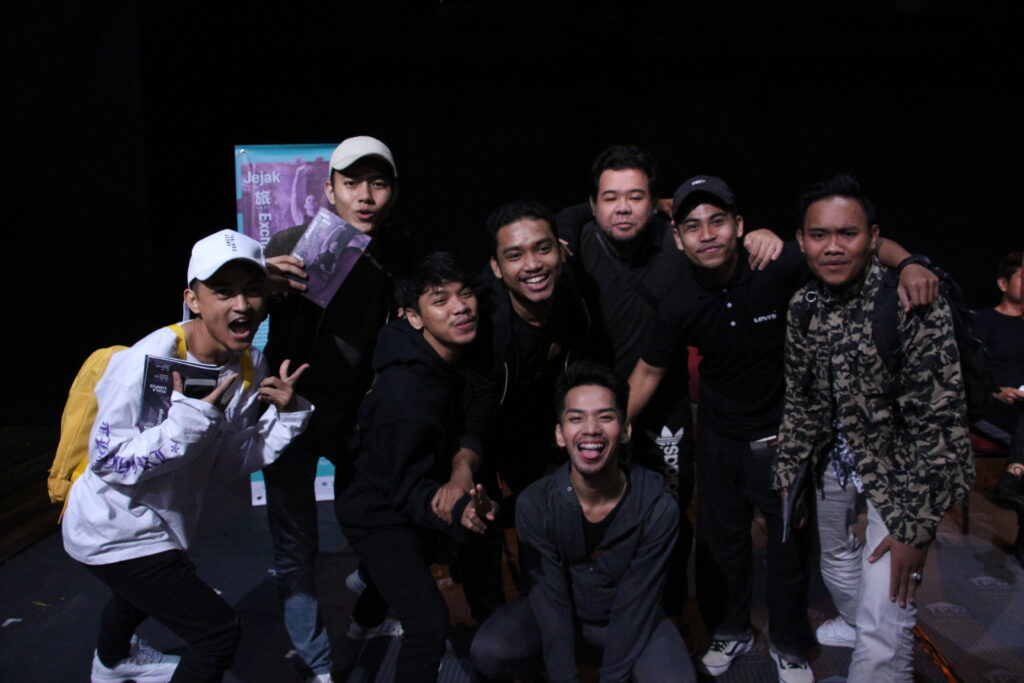
22(Sat) September 2018, 20:00 Open Studio and Showcase
Black BOX, Academi Seni Budaya Dan Warisan Kebangsaan(ASWARA)
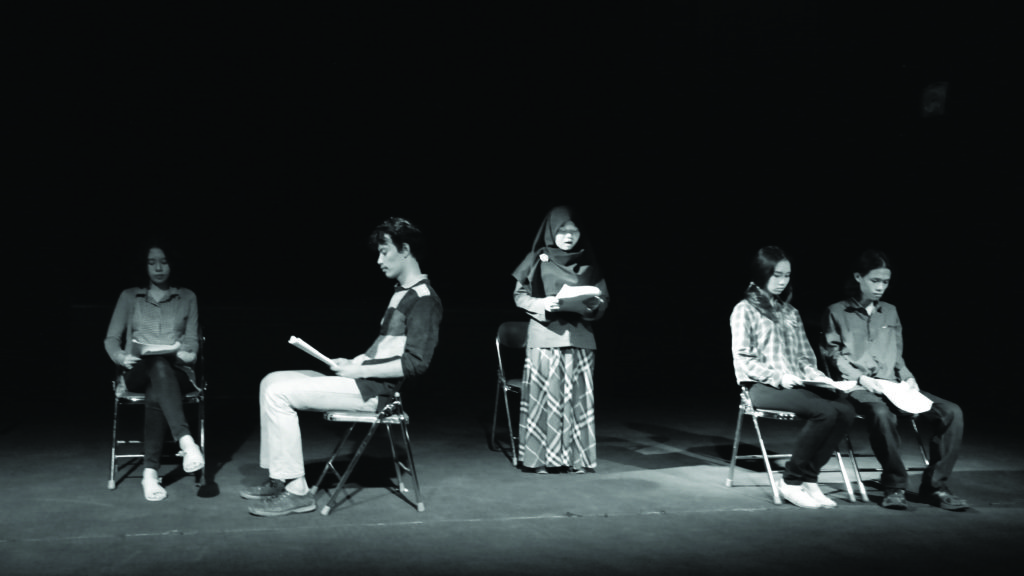
Directed by: Khairunazwan Rodzy (Revolution Stage, Kuala Lumpur)
Gunawan Maryanto (Indonesian Dramatic Reading Festival, IDRF, Yogyakarta)
Performers: Farah Rani
Fazleena Hishamuddin
Mohammad Faiz
Nabil Zakaria
Sandee Chew
Taufiq Izmir
This is a highlight of Jejak-旅 Tabi Exchange KL where for new writings for the stage is celebrated. It is also collaborative exchange between ASWARA Theatre Faculty and Indonesian Dramatic Reading Festival (IDRF), Malaysian writings will be directed by an Indonesian theatre director and vice-versa. The carefully selected plays underline the similarities as much as the differences of both neighbouring societies as seen through the lens of new generation of playwrights. These emergent plays are carefully selected to reflect on shared realities between these two neighbouring societies. Current issues are intersected even if contexts of the experiences are different.
Featured Plays:
Kawan Tidur
by Hanna Fransisca (Indonesia)
Kurator Dapur
by Ridhwan Saidi (Malaysia)
Sepanjang Hayat
by Fa Abdul Karim & Matthew Koh (Malaysia)
Kenapa Tak Tukar Nama?
by Syafiq Syazim & Yiky Chew (Malaysia)
Hanna Fransisca was born in Singakawang, West Kalimantan. Now living in Jakarta, she is active in various socio-cultural activities that present the richness of Chinese-Indonesian culture. She has written several collections of short stories and poetry. She has also been named Outstanding Writer by Tempo magazine in 2010 for her collection Konde Penyair Han.
Ridhwan Saidi is a Malaysian novelist and playwright. His series of short plays, “Teater Modular” was produced to critical acclaim; described as “politics, sex and religion existing in harmony” and “absurd and weirdly sexy”. Ridhwan also runs an indie publishing house, Moka Mocha Ink which focuses on contemporary Malay fiction. He is part of the LiteraCity research team, a literary mapping project of Kuala Lumpur. Ridhwan has taken part in residencies such as the Makassar International Writers Festival 2017 and Georgetown Literary Festival 2018. He established KAOS NOL in Kuala Lumpur, an open collective for theatre-making or art and theatre-related activism.
Fa Abdul is a professional juggler. She juggles between her roles as a mother, daughter, sister and a friend; between her jobs as a columnist, media trainer, producer, director, playwright and a scriptwriter; between her fantasy as a queen, warrior and a jester. And when she’s not doing all that, Fa often hides from the world, trying to figure out what else she’d like to juggle. She is currently working on her first photo exhibition and at the same time trying to complete her first book (while secretly eyeing to venture into the advertising industry).
Matthew Koh has three ‘T’s in his life: teaching, travelling and theatre. He has a keen interest in the human condition, which explains his dabbling in the fields of psychology, sociology, communication, and law. He prefers to be in a class filled with teenagers hungry for knowledge than to be in an office filled with adults hungry for profit. He would choose an overnight sleeper bus ride because ‘that’s how ya meet the real people…” He loves to laugh especially over sensitive jokes, and hates people who are especially sensitive about jokes.
Syafiq Syazim is a theater director, scenographer, educator and researcher on Malaysian theatre. Currently based in Kuala Lumpur, he has graduated Bachelor’s Degree in directing from the National Academy of Arts, Culture and Heritage (ASWARA). He has won many awards for his directing, scenography, and performance in 2017 and 2018 in Malaysia Theatre Festival and University of Malaya Theatre Carnival. He has also undergone many theatre workshops including Noh Theatre Workshop at Kyoto University of Art and Design (KUAD) Japan, Lecoq Techniques at Nanyang Academy of Fine Arts (NAFA) Singapore. Currently he’s doing Master’s Degree in Performing Arts at University of Malaya.
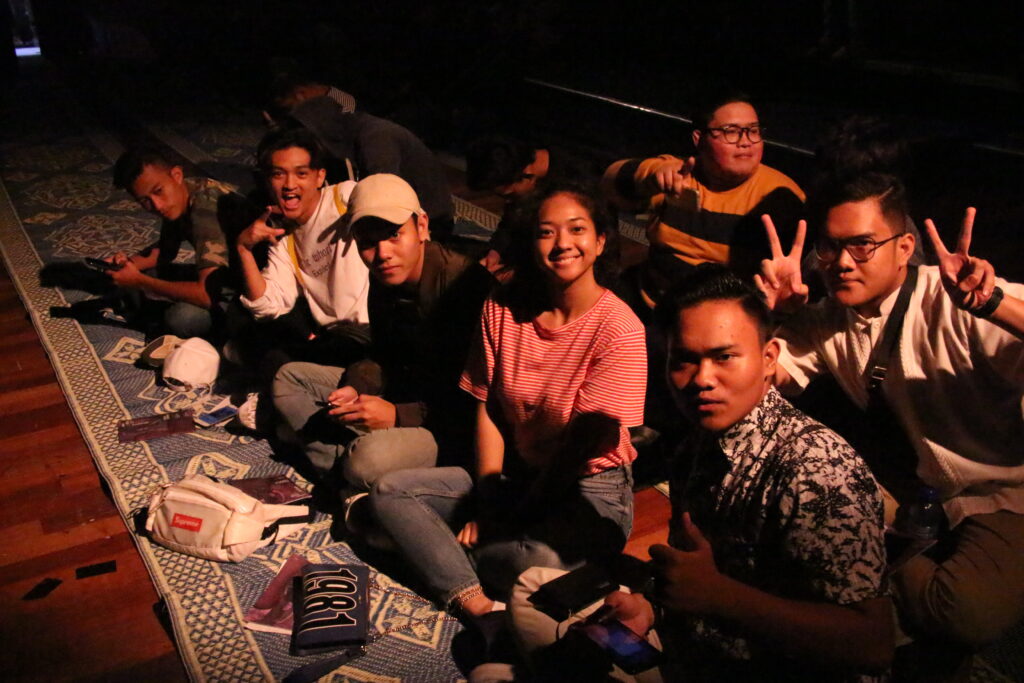

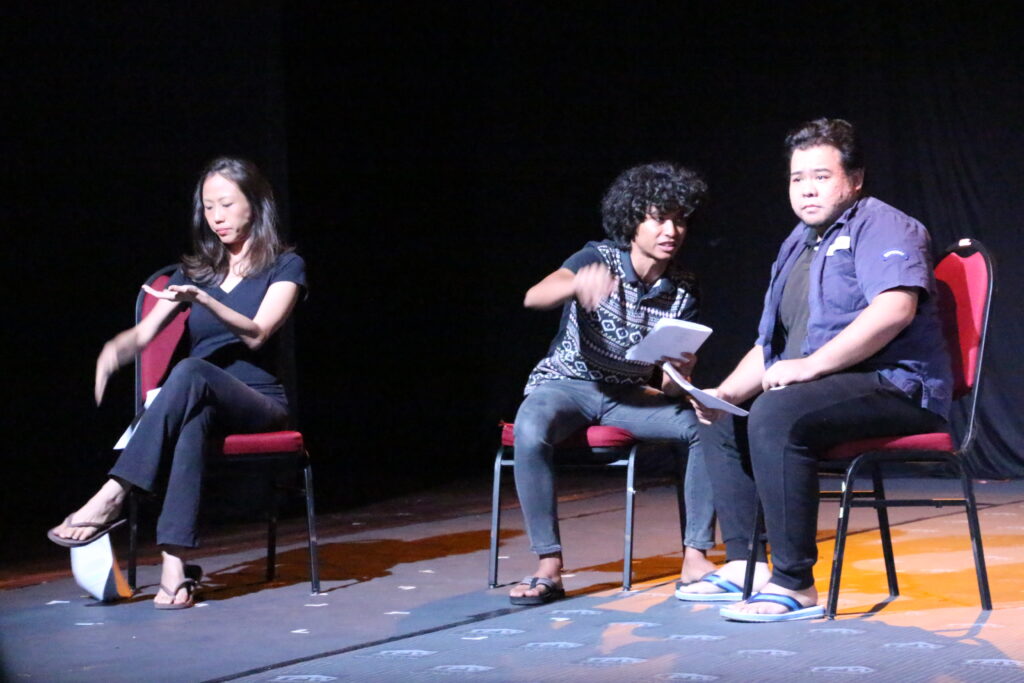

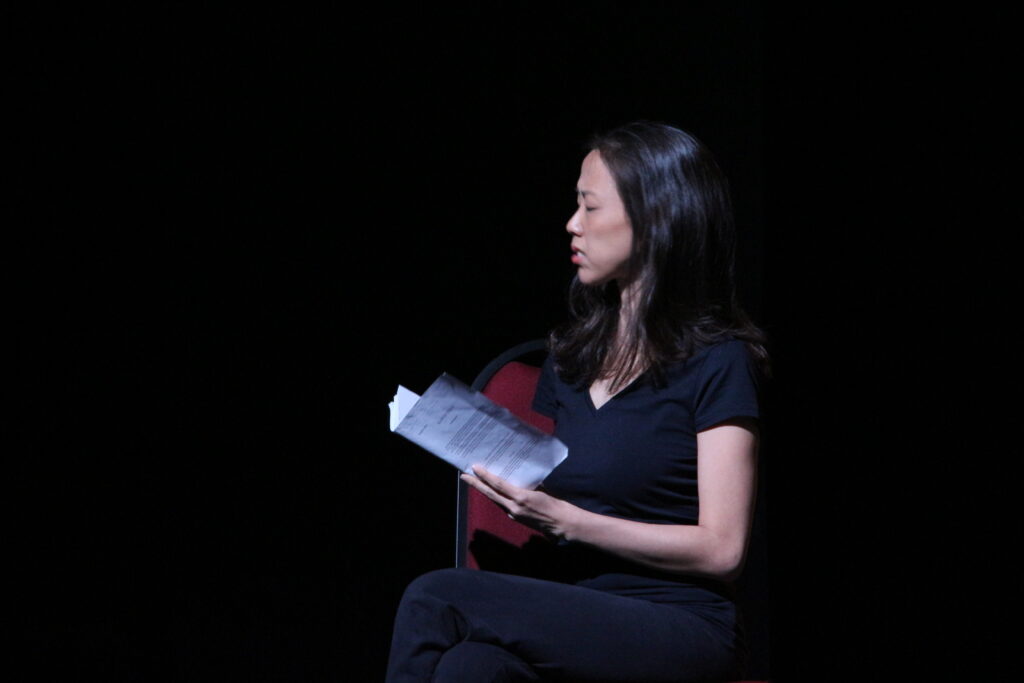
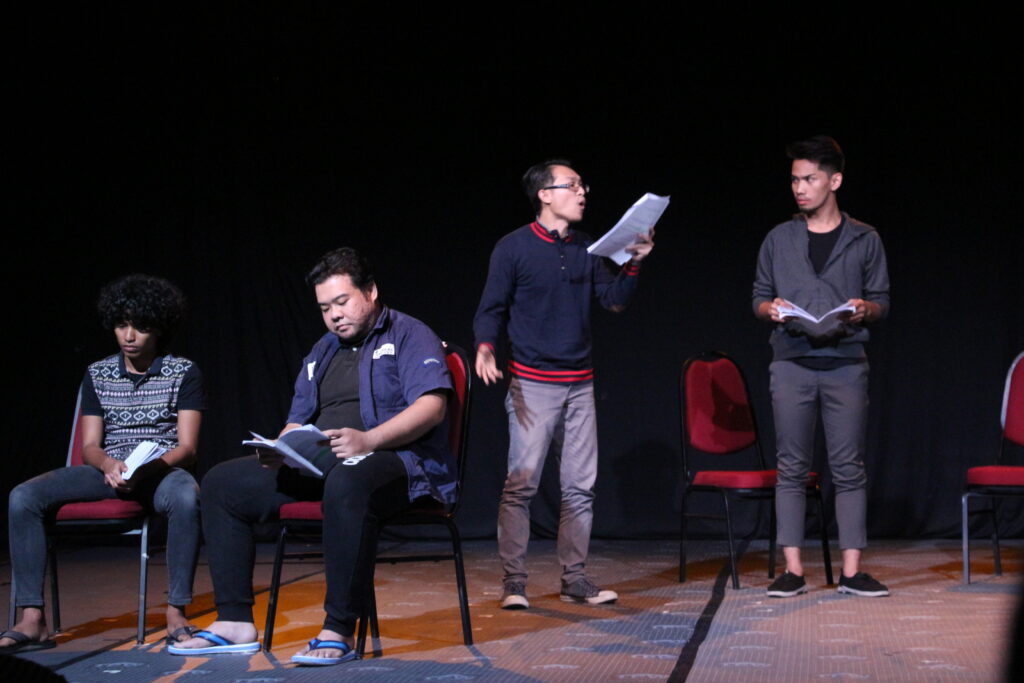
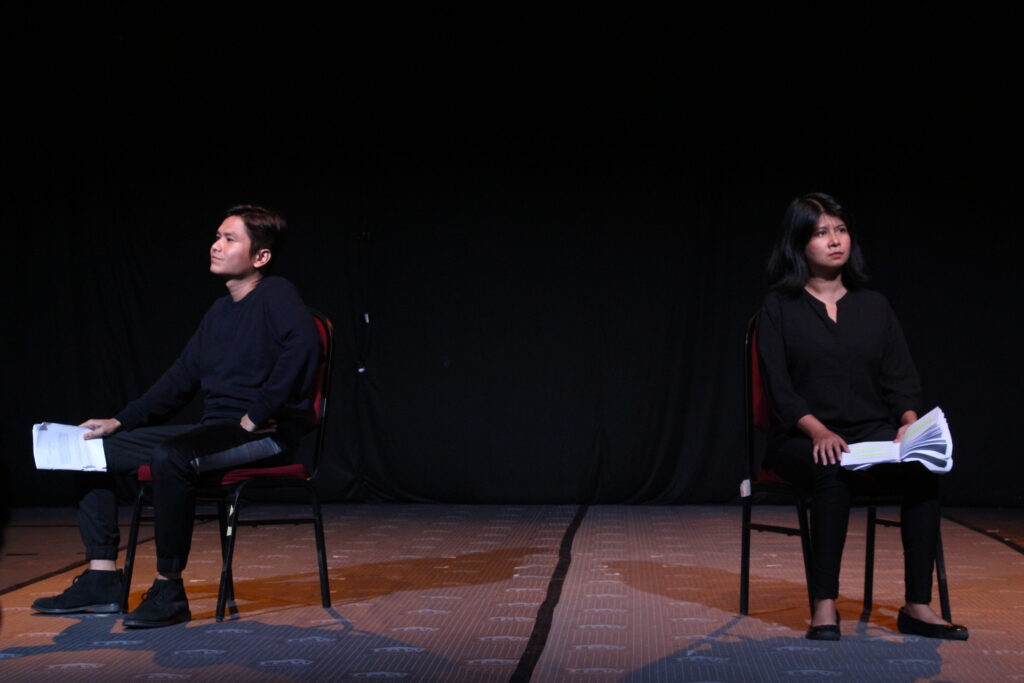

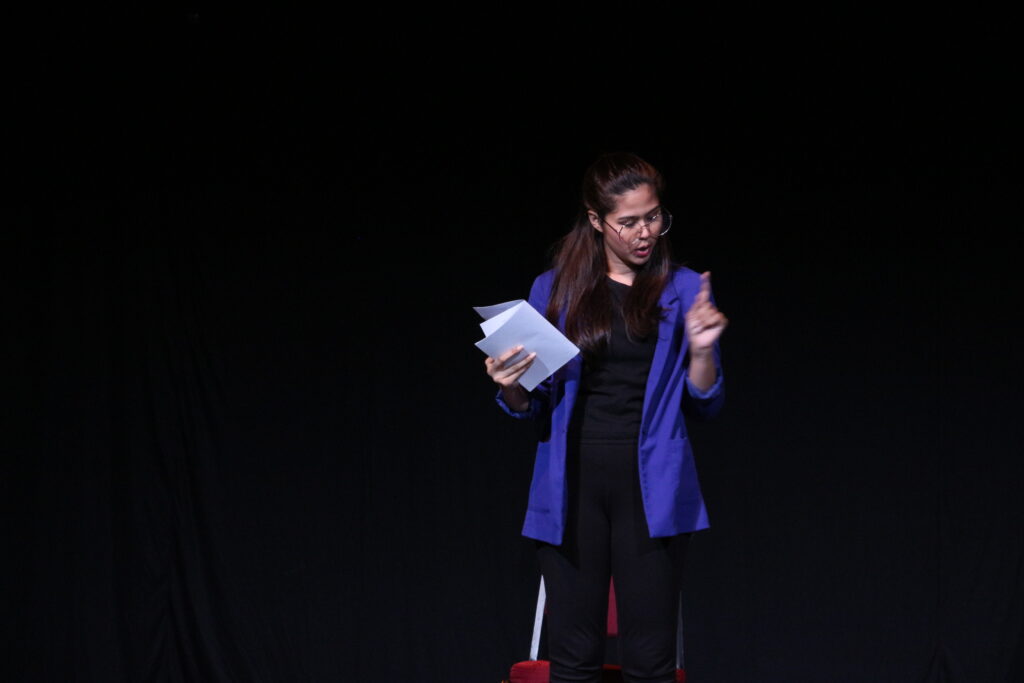
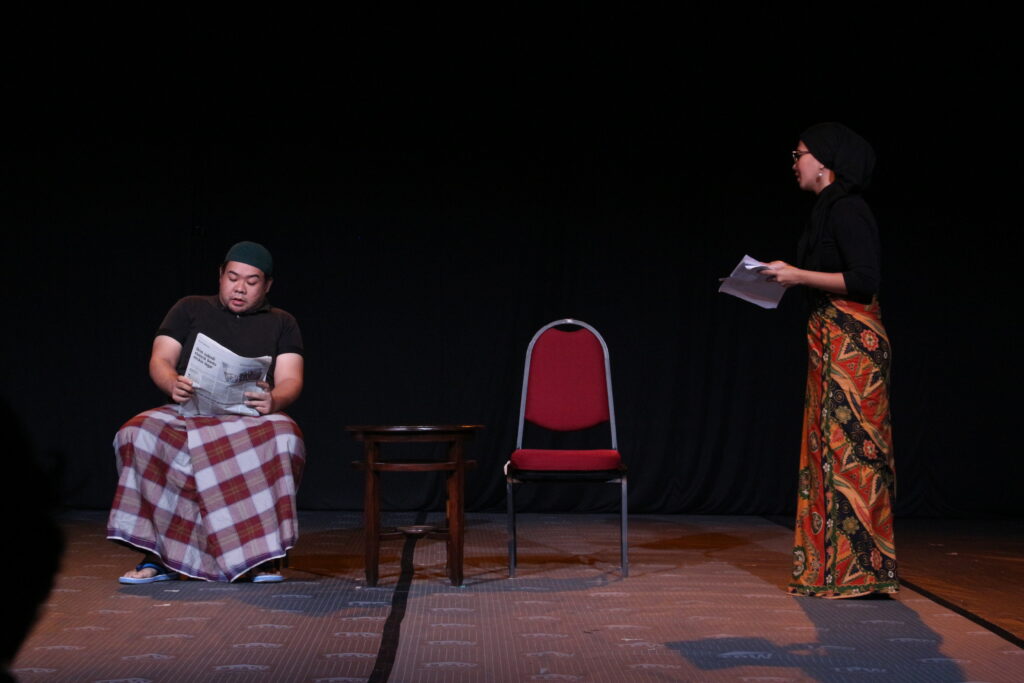
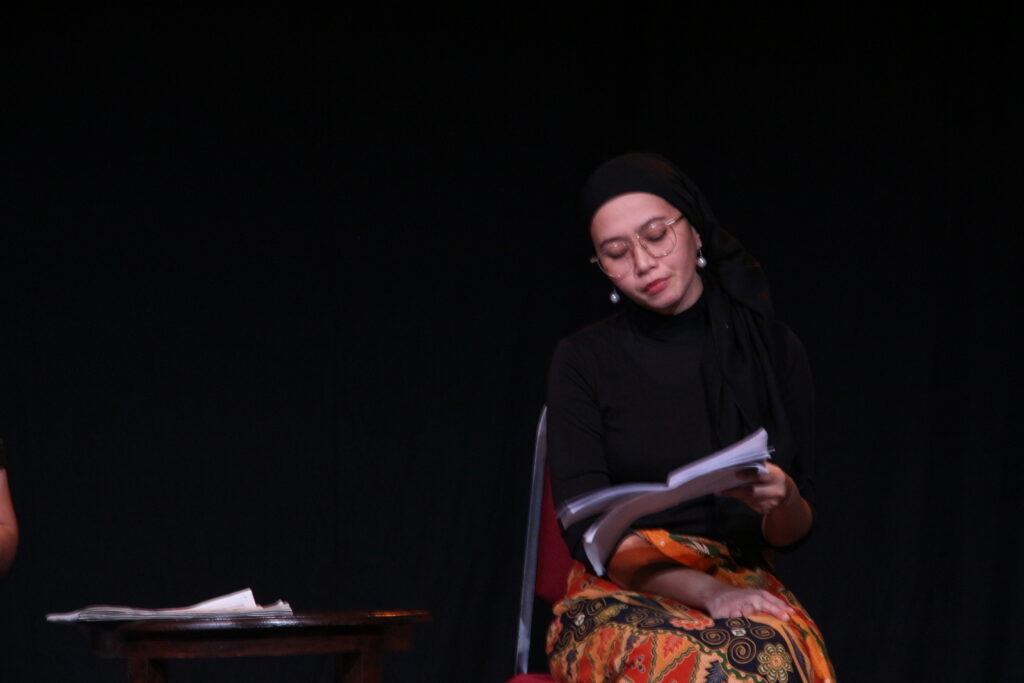
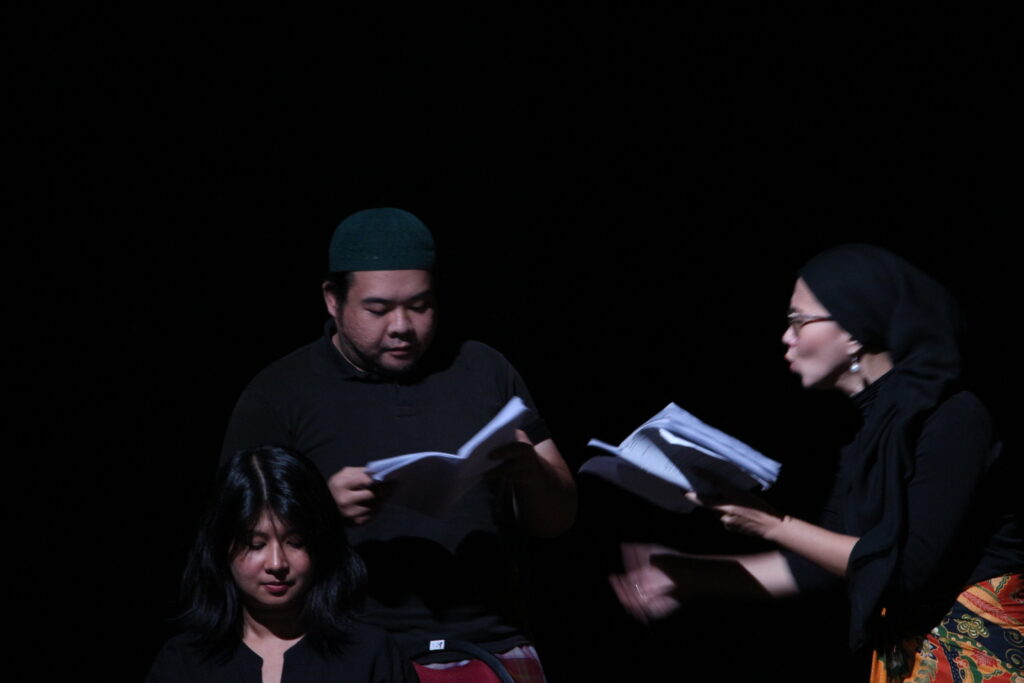
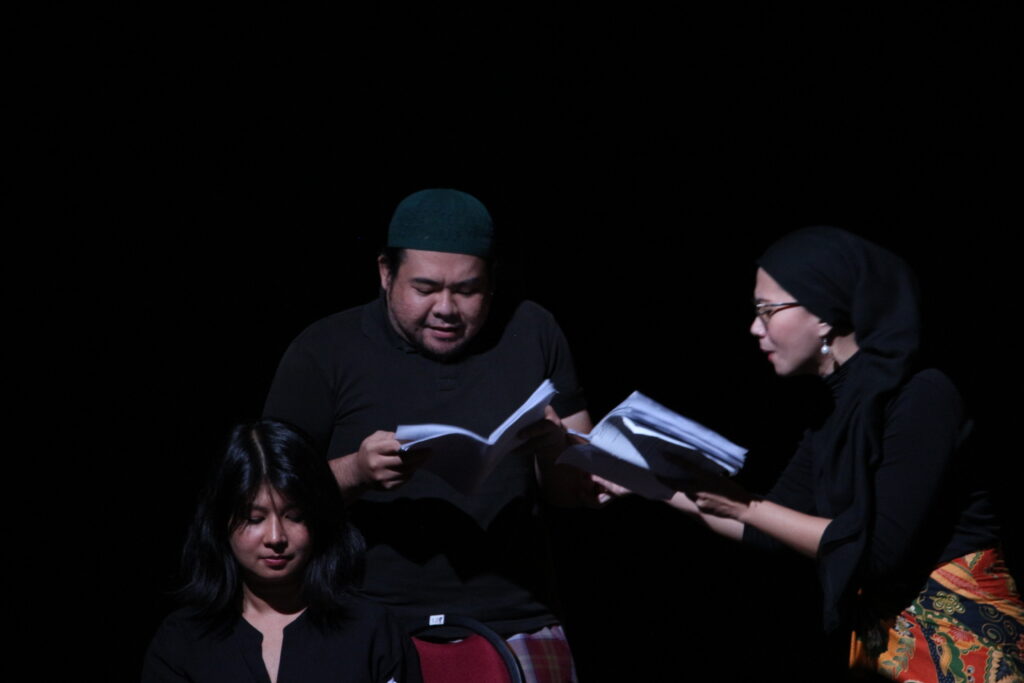
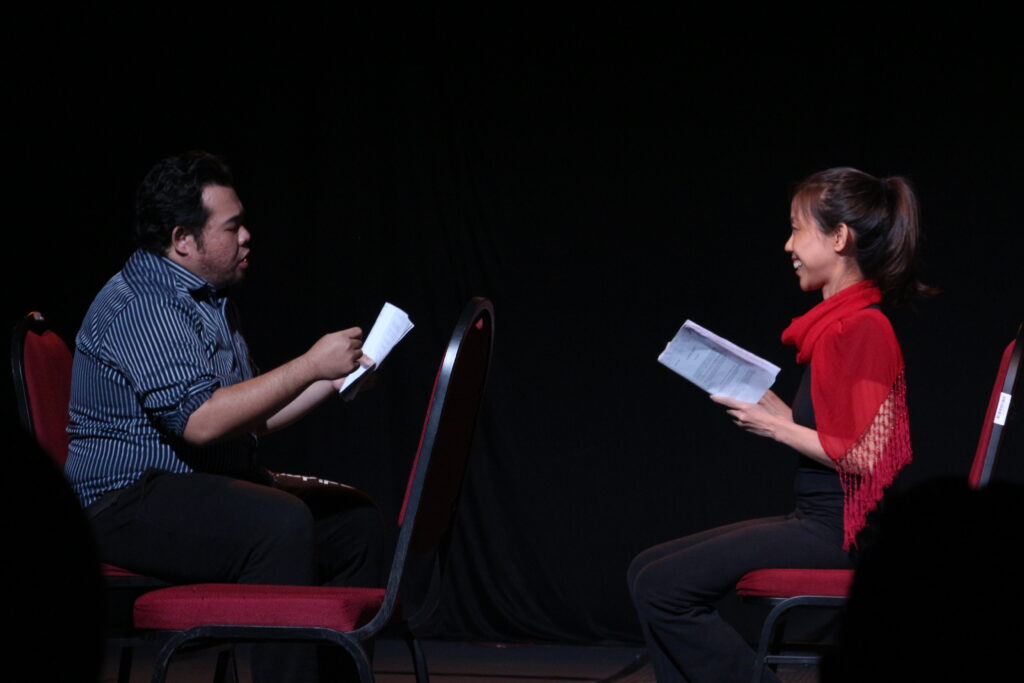
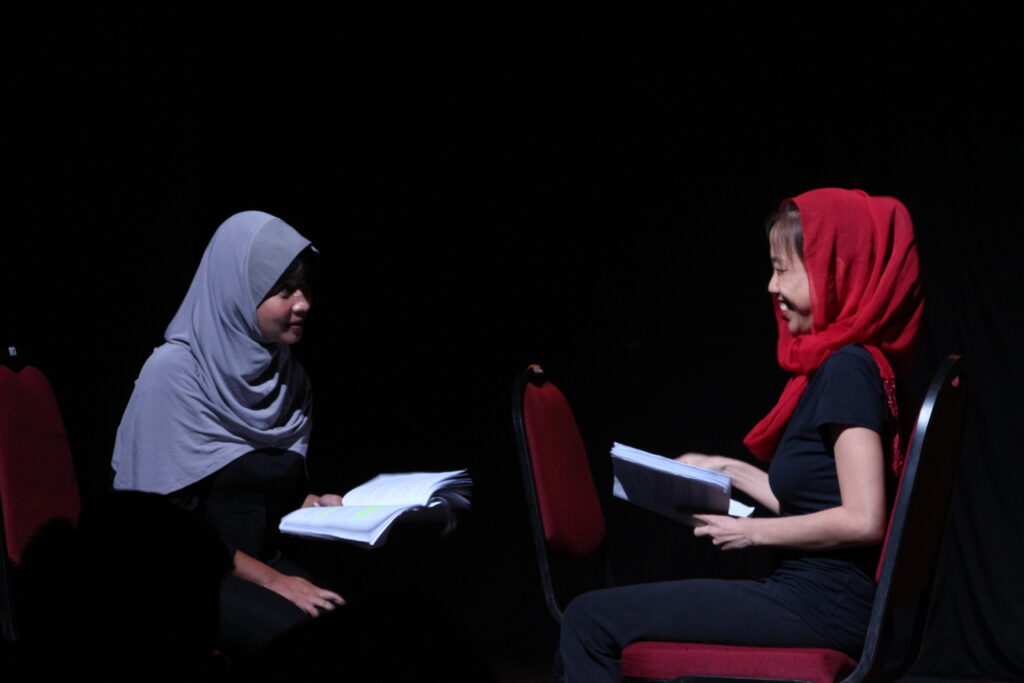
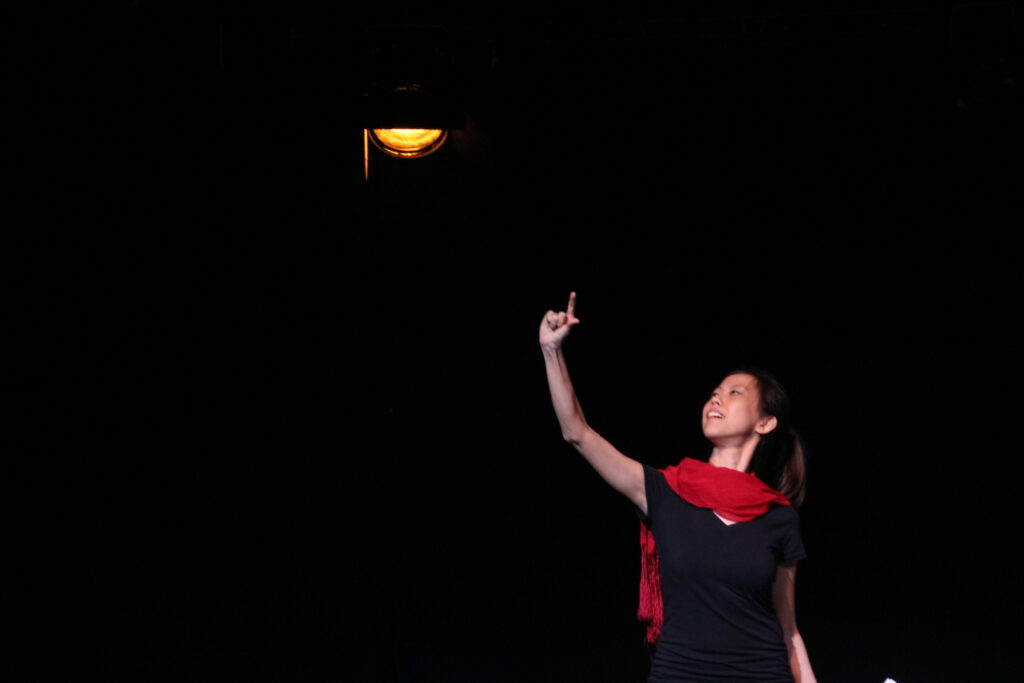
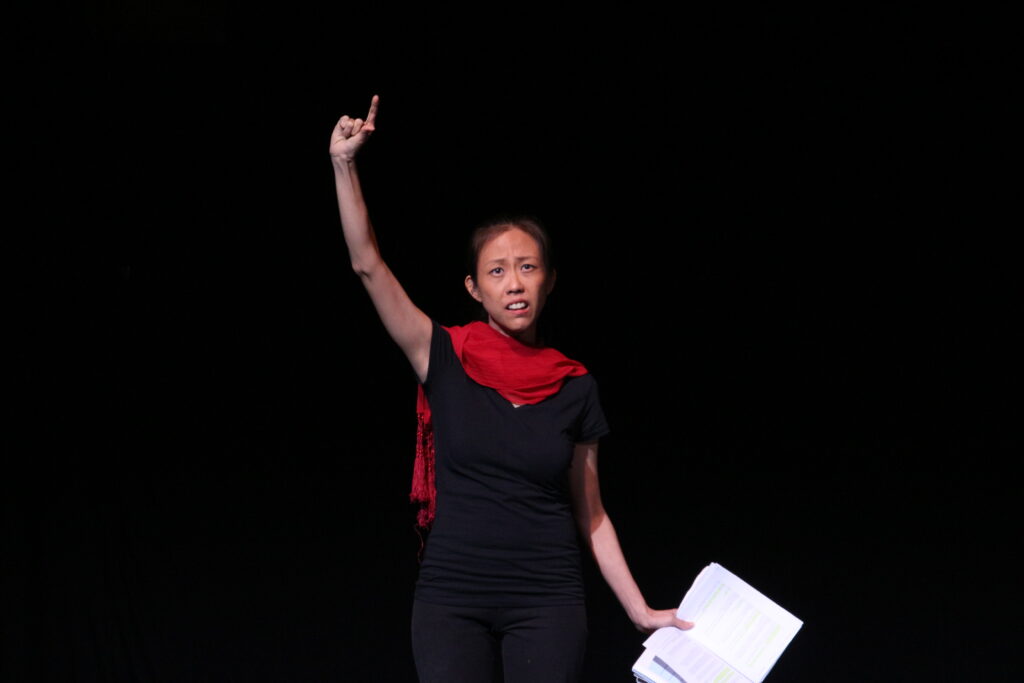
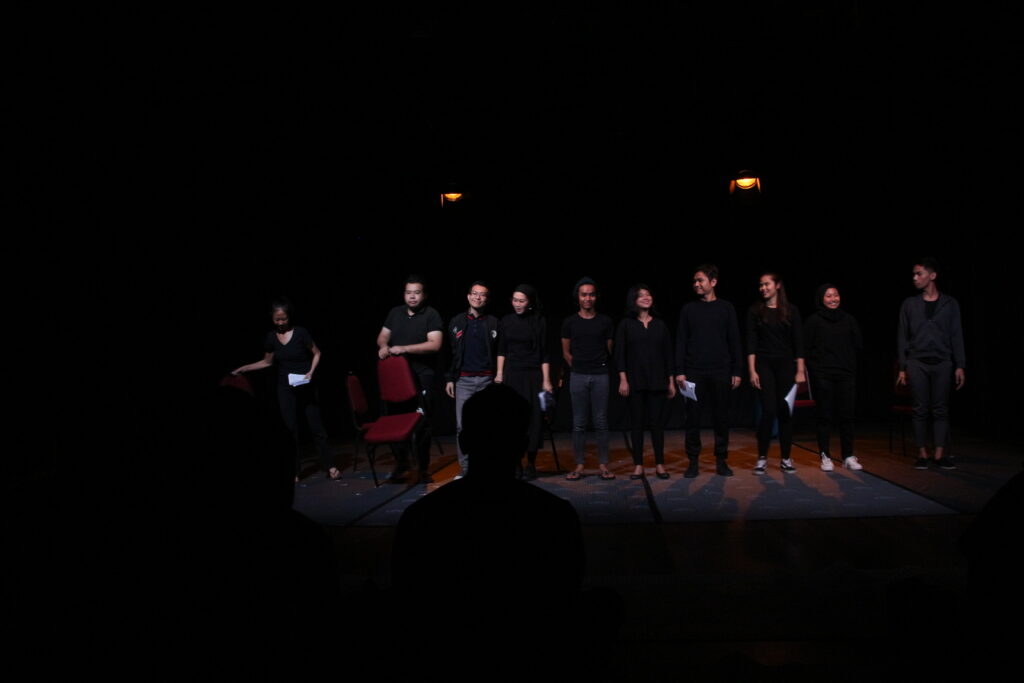
23(Sun)September 2018, 15:00 Panel Discussion
Venue:STUDIO PETALAWATI, Akademi Seni Budaya dan Warisan Kebangsaan(ASWARA)
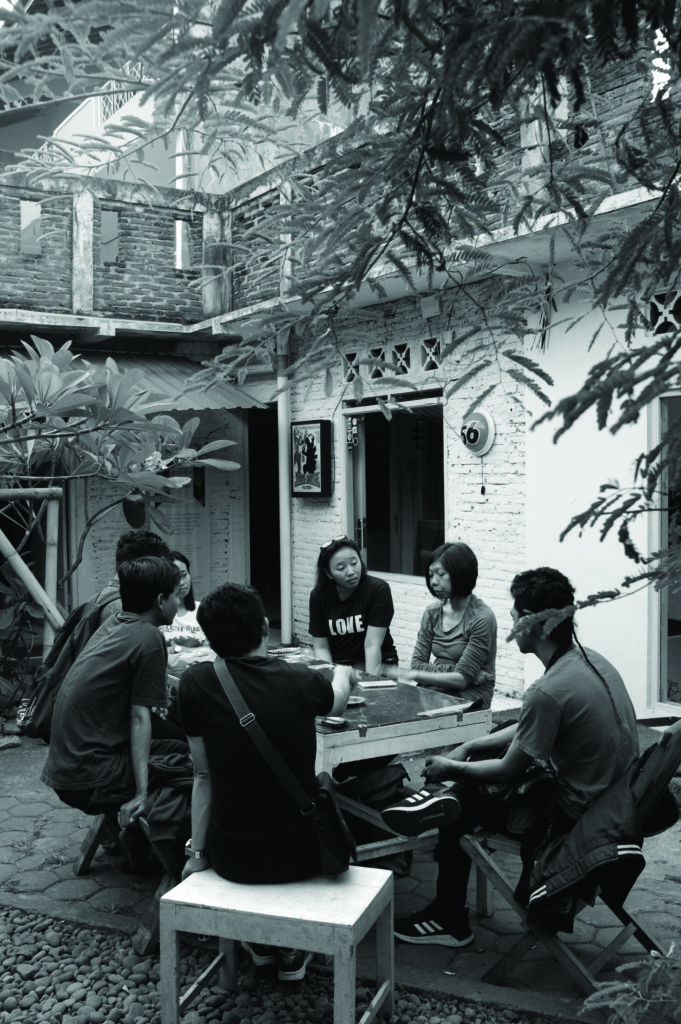
A small group of Asian dance and theatre practitioners share their artistic processes as they embark on their performance-making journeys. Research becomes key to carving out their individual aesthetics in their performance frameworks.
23(Sun)September 2018, 15:00 Open Studio and Showcase
Venue:BLACK BOX, Akademi Seni Budaya dan Warisan Kebangsaan(ASWARA)
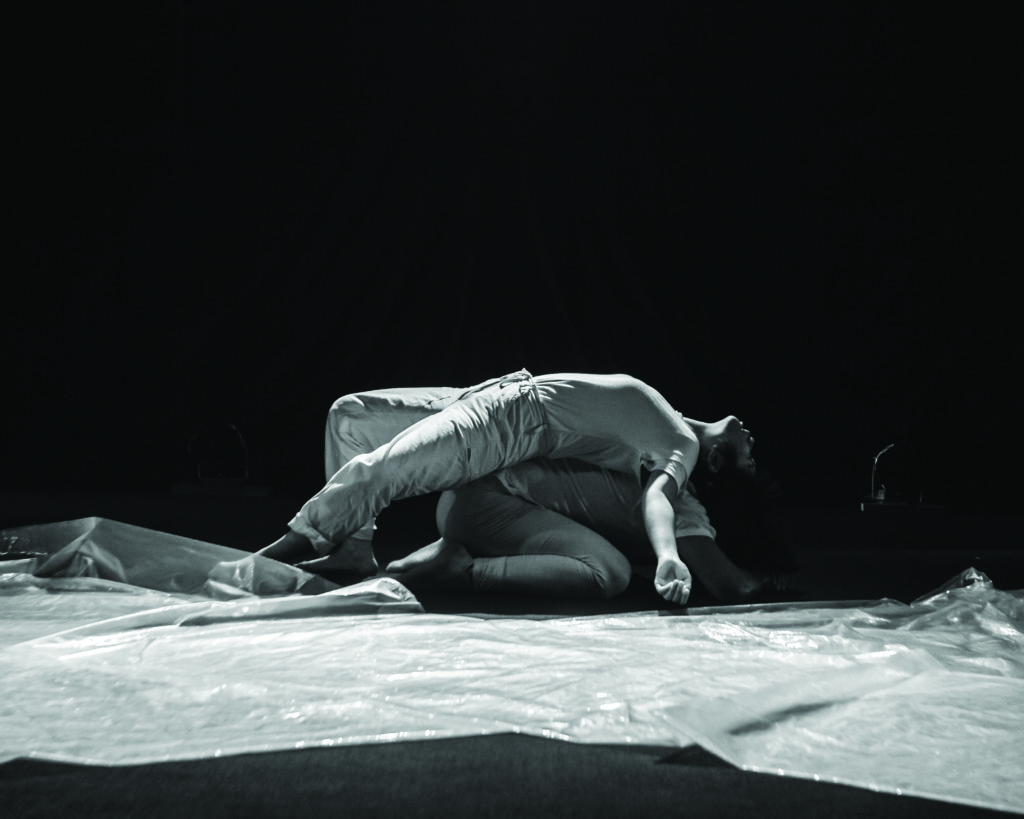
I Putu Bagus Bang Sada or Gusbang
(choreographer, Bali–Yogyakarta)
Natasha Gabriella Tontey
(visual artist, Jakarta-Yogyakarta)
The starting point of this collaborative work is Gusbang and Tontey ’s shared affinity towards the themes of fear and death. Both of them have explored these themes separately in their previous works. Their previous research into fear and death brought them to subjects of the transcendental or spiritual, and relating to social and cultural myths and the horror genre.
In La Danse Macabre, Gusbang and Tontey chose to deepen their research by surveying funeral homes in Yogyakarta, interviewing foresinc experts and mortuary personnel who prepare the body for funeral rites. They inquire into their anecdotes; modes of
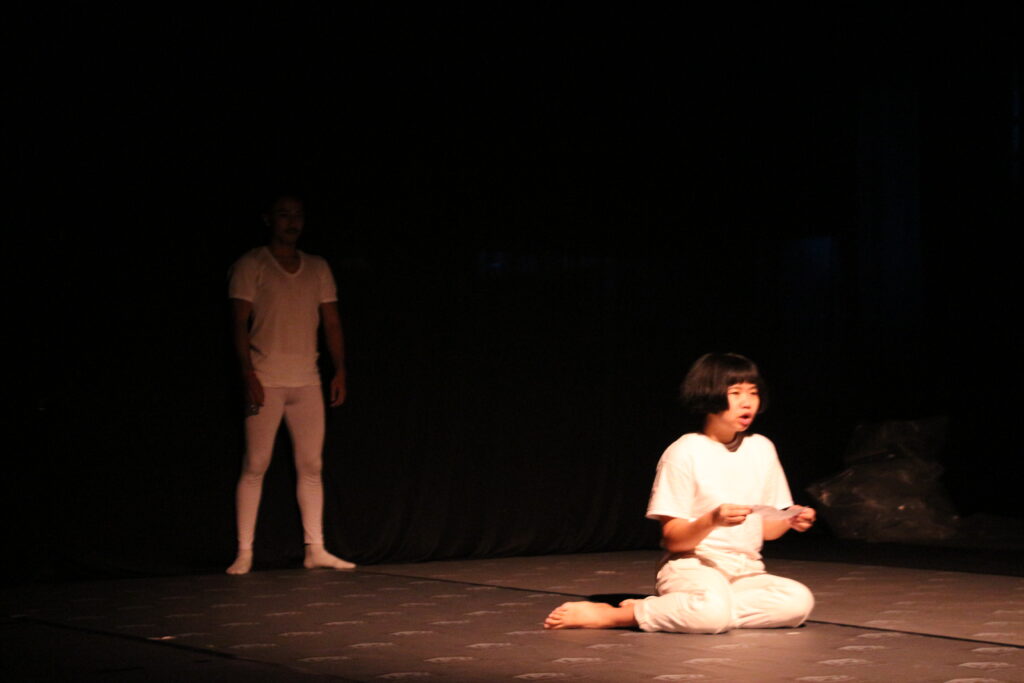

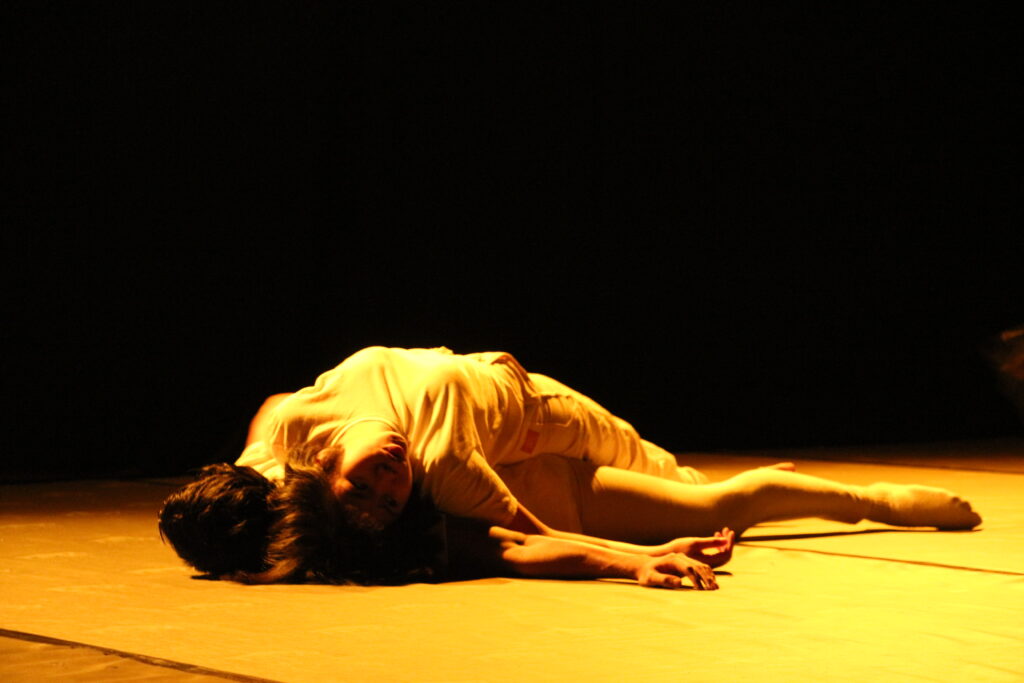



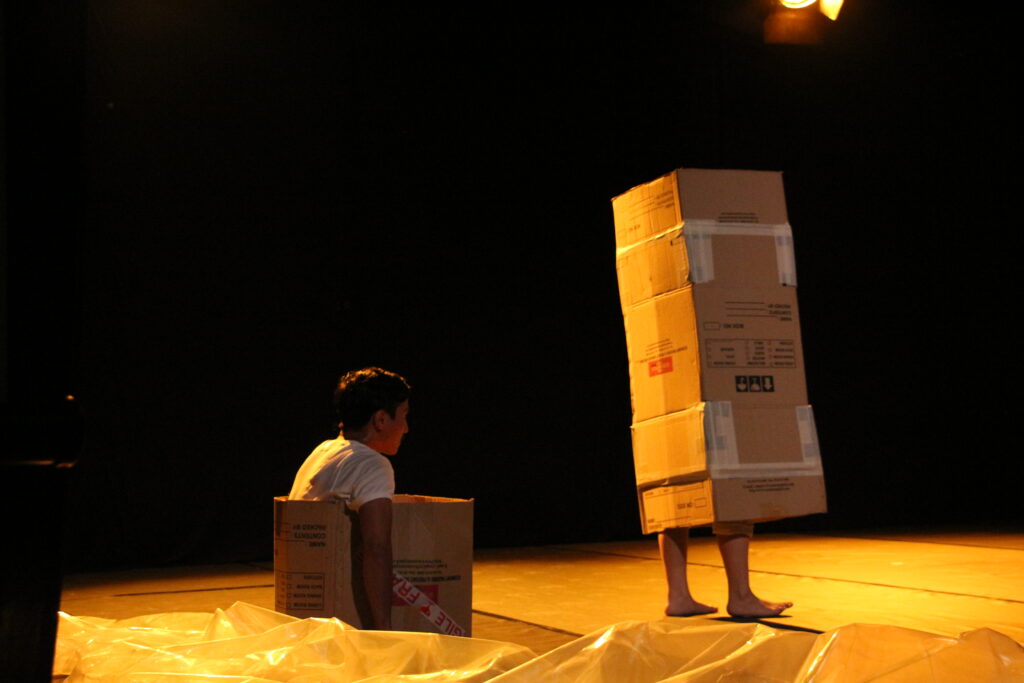


23(Sun)September 2018, 15:00 Open Studio and Showcase
Venue:BLACK BOX, Akademi Seni Budaya dan Warisan Kebangsaan(ASWARA)
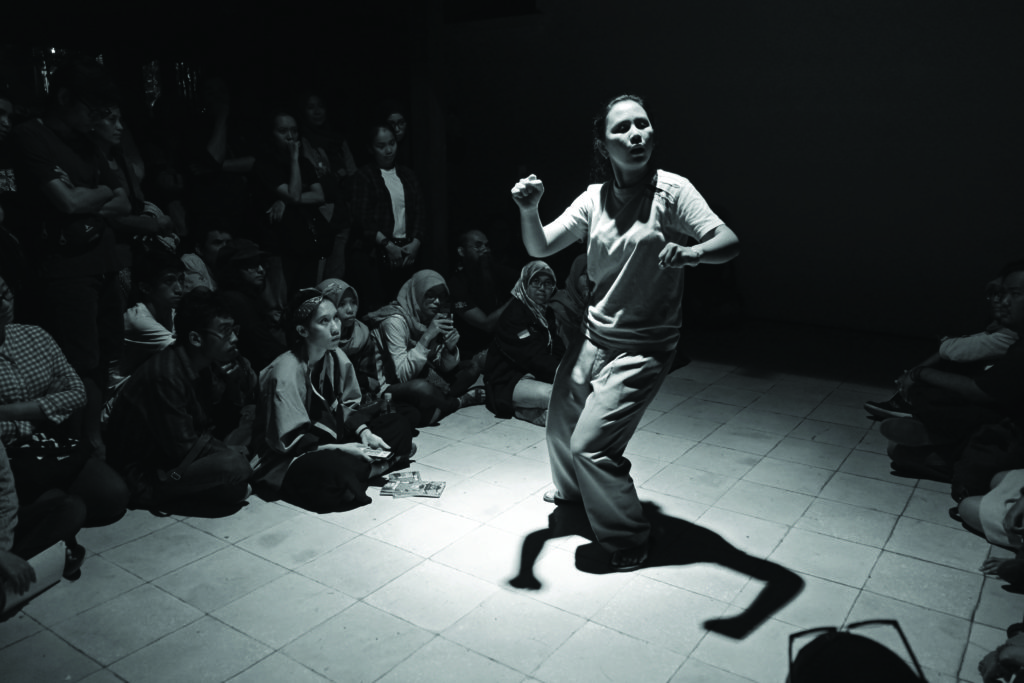
Ayu Permata Sari (Lampung-Yogyakarta)
Ayu begins with a question of how dangdut – Indonesian popular music that combines the beats of Malay-Indian pop music and Arabic tunes – influences the dangdut movement. Ayu initiates her research by archiving joged (dance movement) performed by dangdut audience in Gabusan local craft market, Yogyakarta. The archiving is conducted by firstly embodying the so-called joged dangdut as performed by the audience. Ayu observes how this embodiment process takes place in her own body, which is trained in traditional and contemporary dance technique, a very different sensibility from joged dangdut. Her aim was to familiarise vocabularies of the joged dangdut movement, as well as to observe the bodily reaction towards joged dangdut, for instance the relaxing effect, pleasure, etc. Some questions arising on the perspectives of the audience (and society-at-large) towards the dangdut
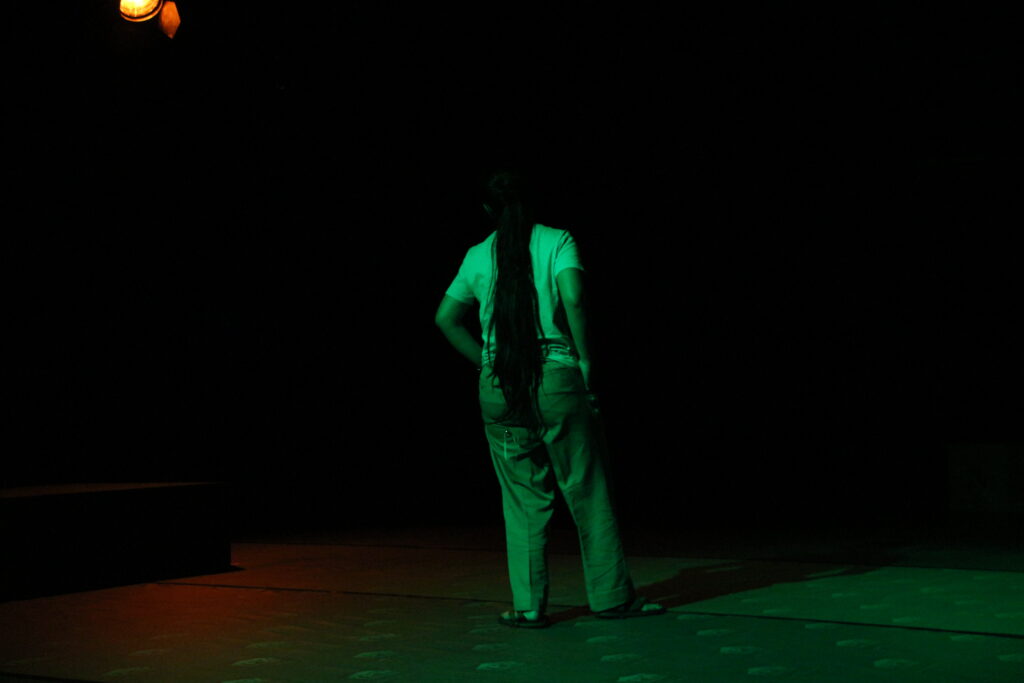
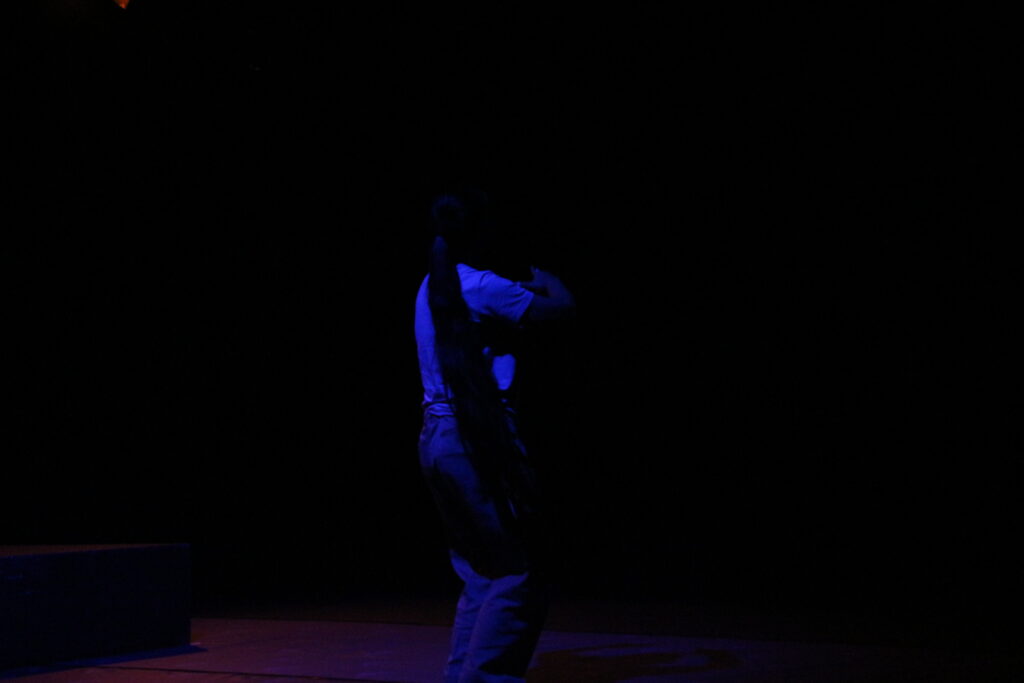

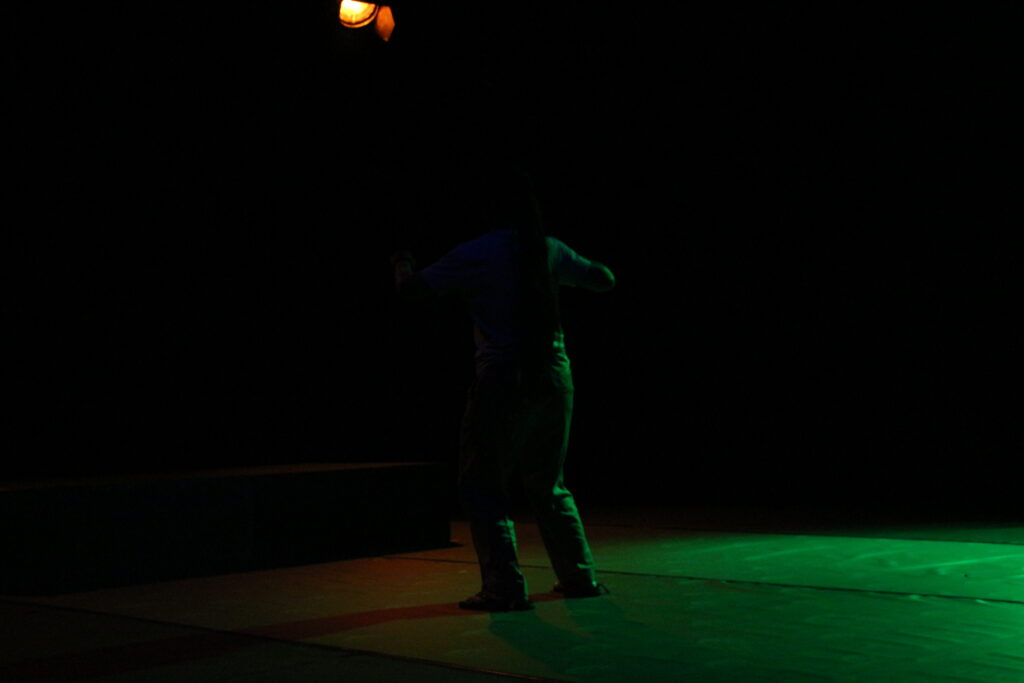
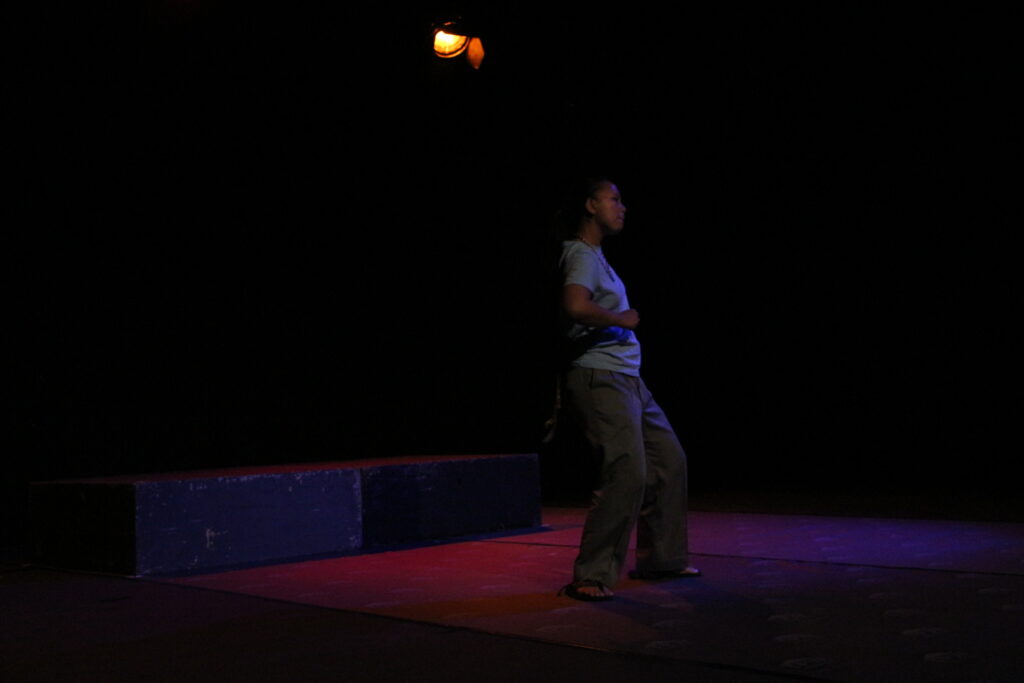
23(Sun)September 2018, 15:00 Open Studio and Showcase
Venue:BLACK BOX, Akademi Seni Budaya dan Warisan Kebangsaan(ASWARA)

Naque Ariffin (Kuala Lumpur)
This is an exploration in theatrical performance on the actor fs traumatic experience. Naque ’s research is mainly on how one overcome their own traumatic experience, make use the experience in safe space during rehearsal and aims to lessen their pain using theatrical
Naque Ariffin is a theatre activist around Kuala Lumpur and Jakarta. He was awarded as the “Best Actor In a Supporting Role” Boh Cameronion Arts Awards in 2012 under the direction of Fared Ayam’s Short Eyes. Among his theatre directions are Medea, SiputMan, Tragedi Salmah, Perspektif, Konspirasi, Sesudah Subuh, Tepuk Amai-Amai, Nasionalistik Plastik and many more. He’s also a scenographer and a set designer in several productions in Kuala Lumpur, including Musical Sudirmania (Lambang Sari Istana Budaya), and Jam Dinding Yang Berdetak (Lambang Sari, Istana Budaya).
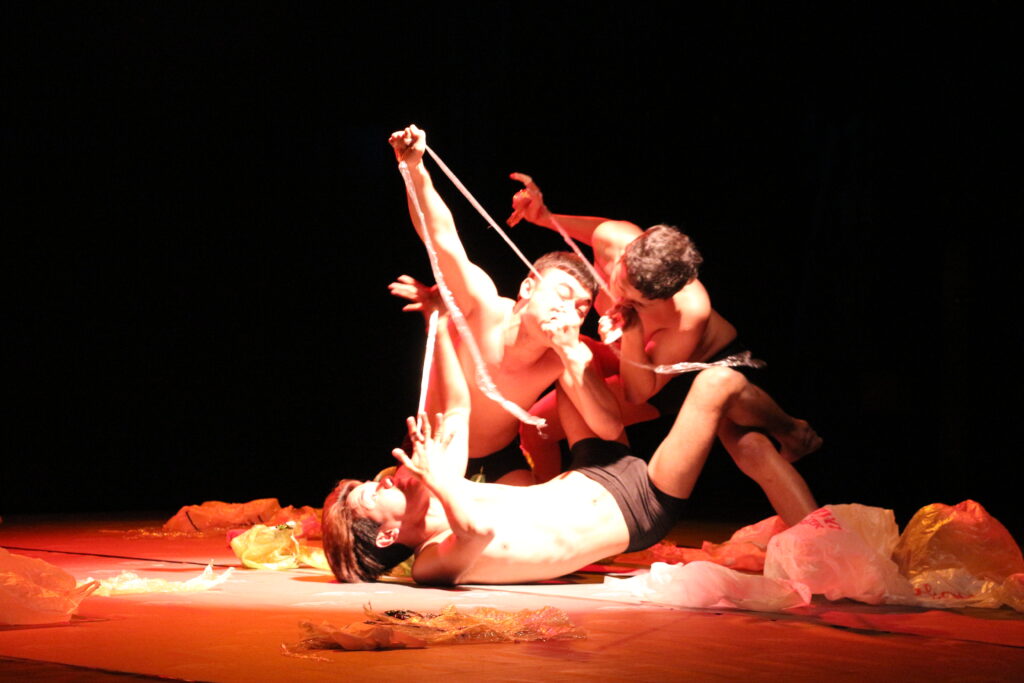
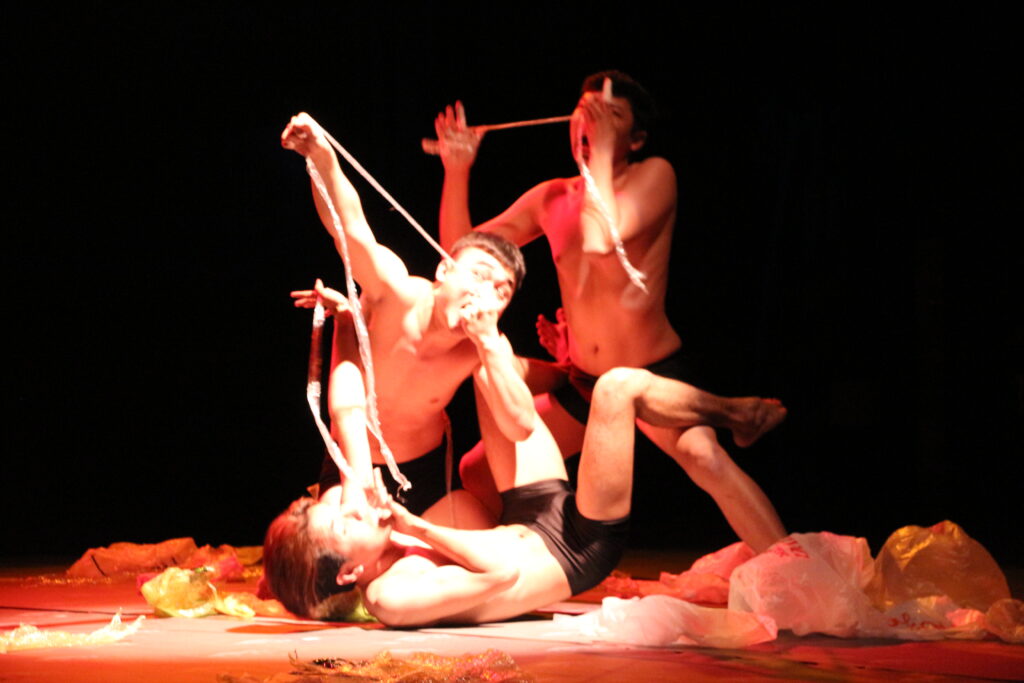

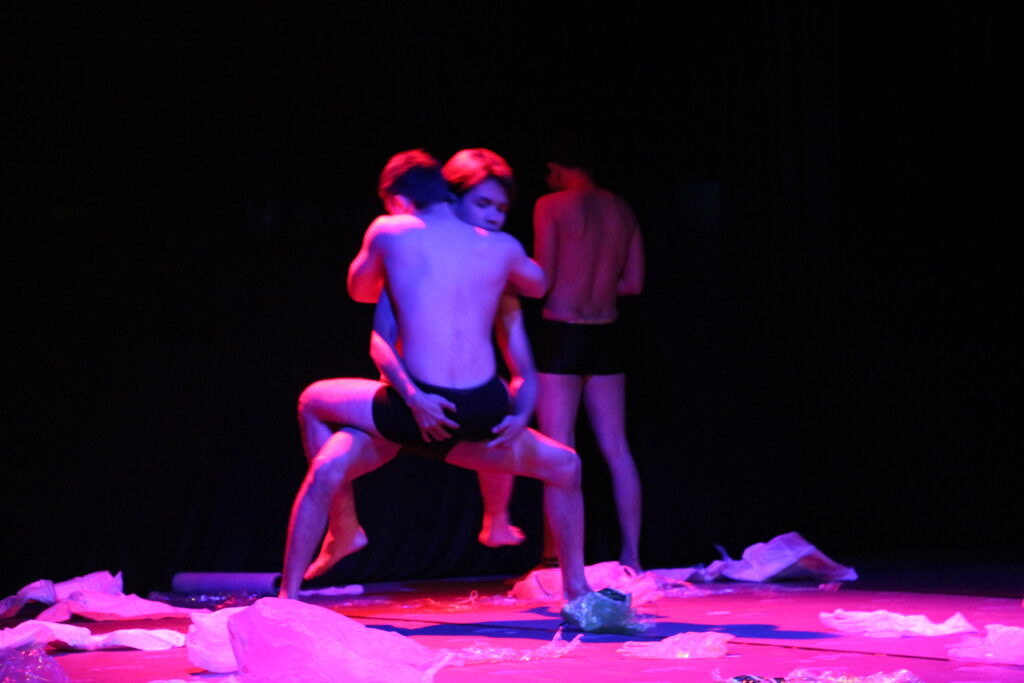
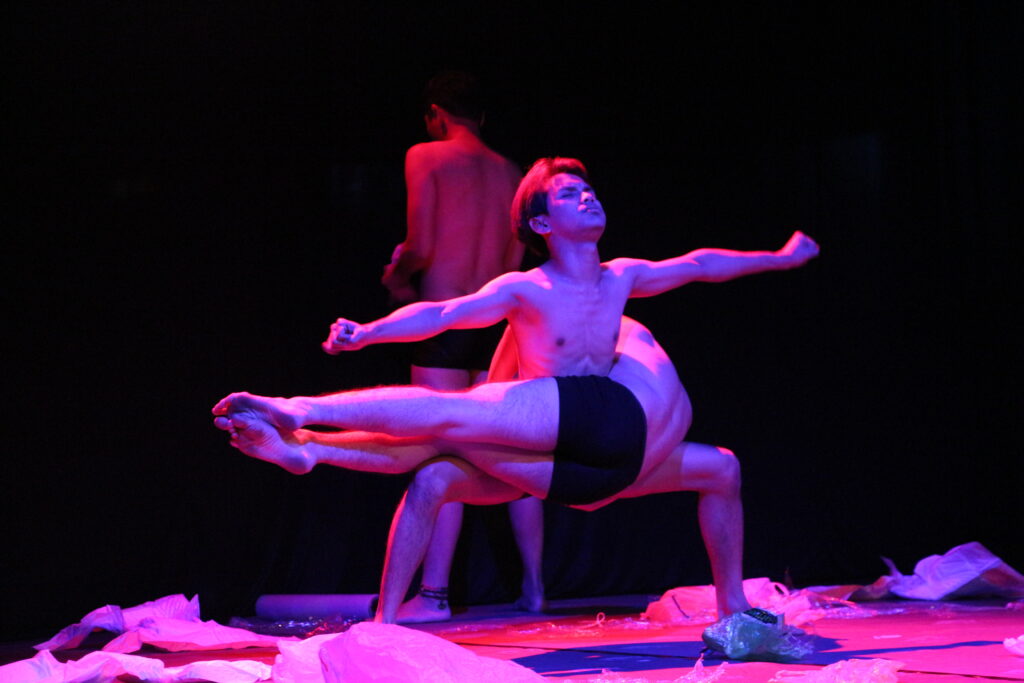
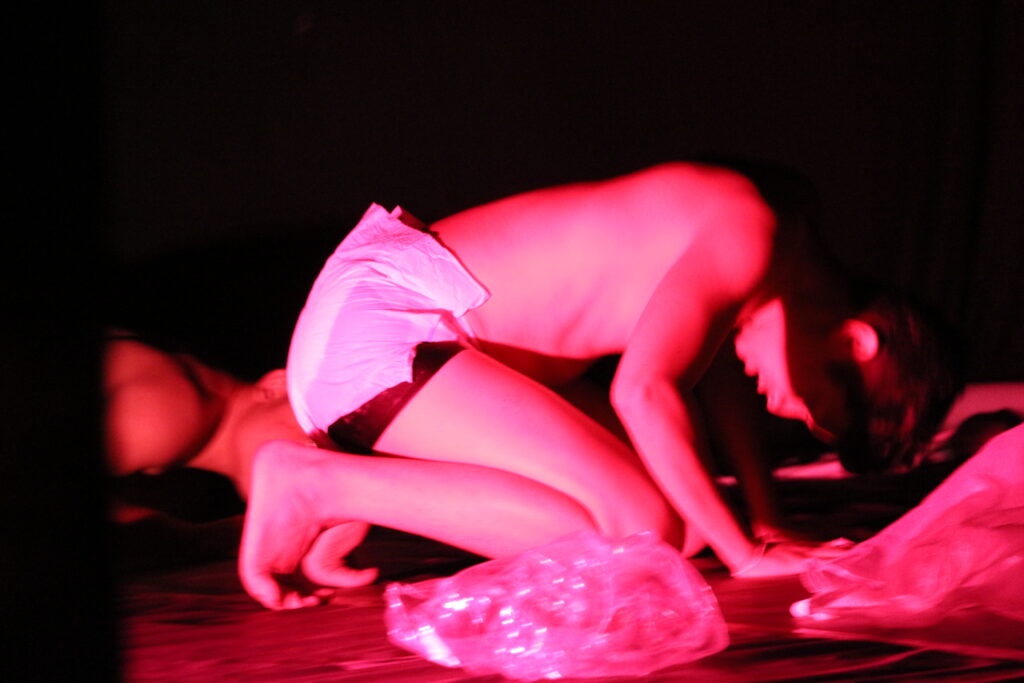
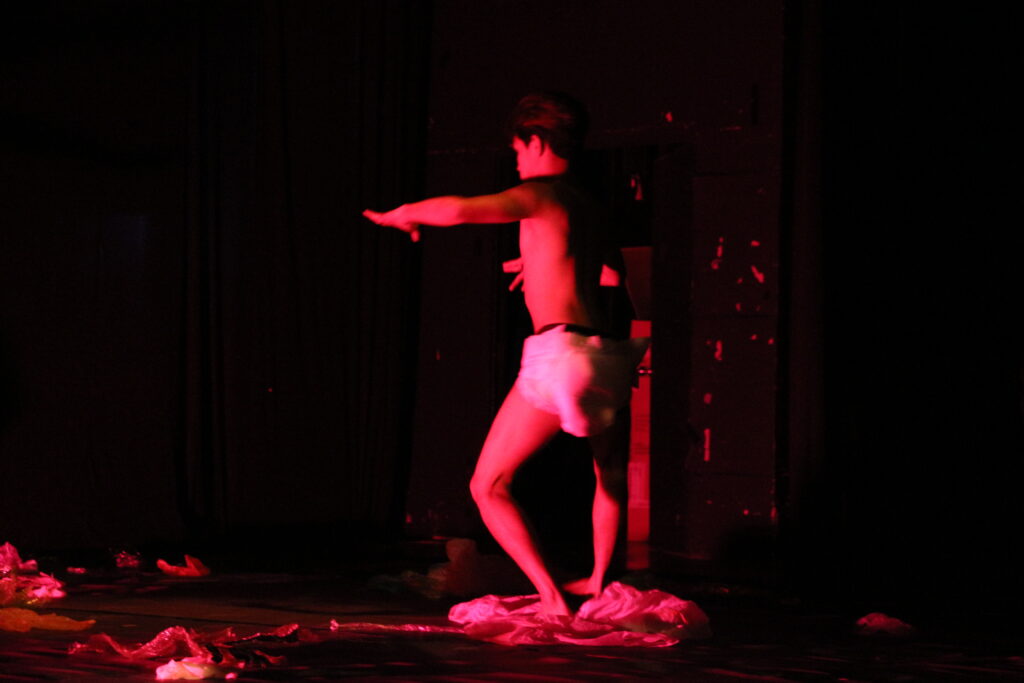
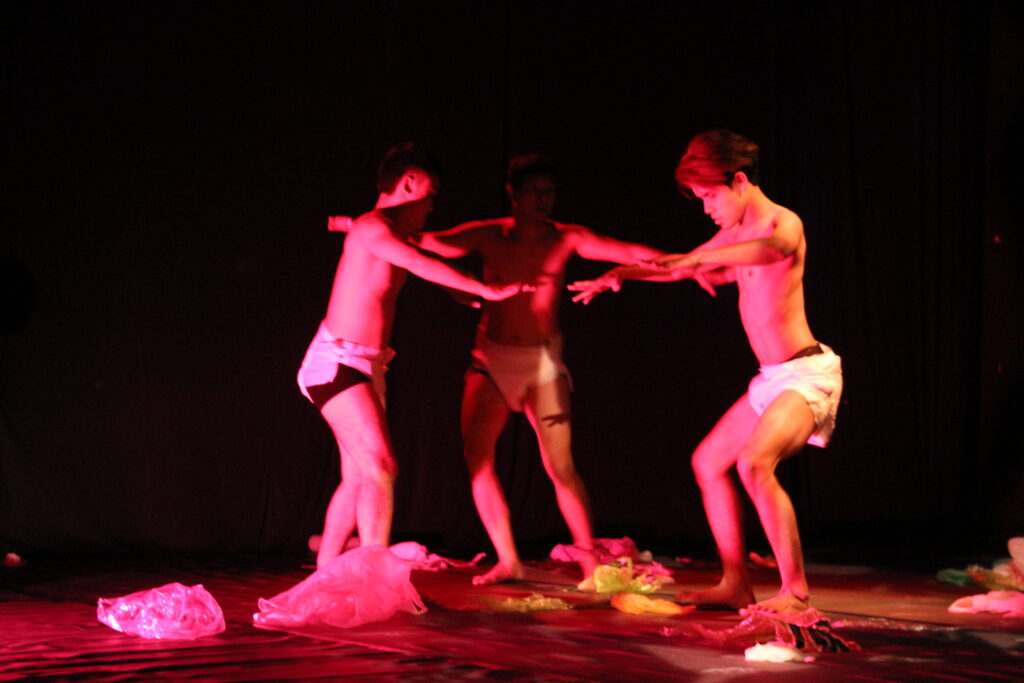
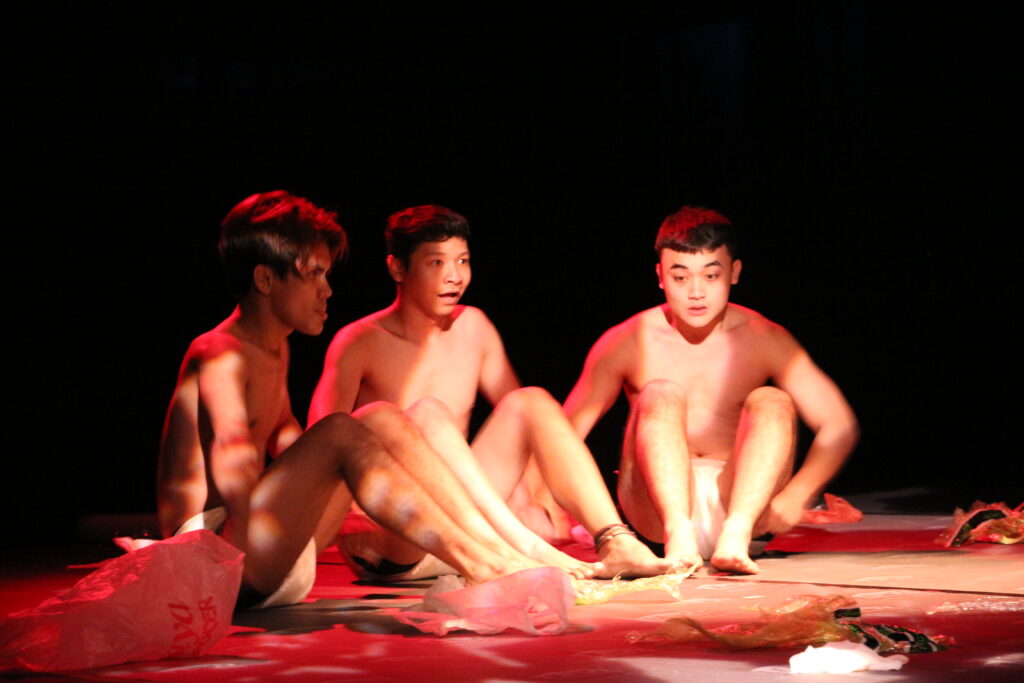
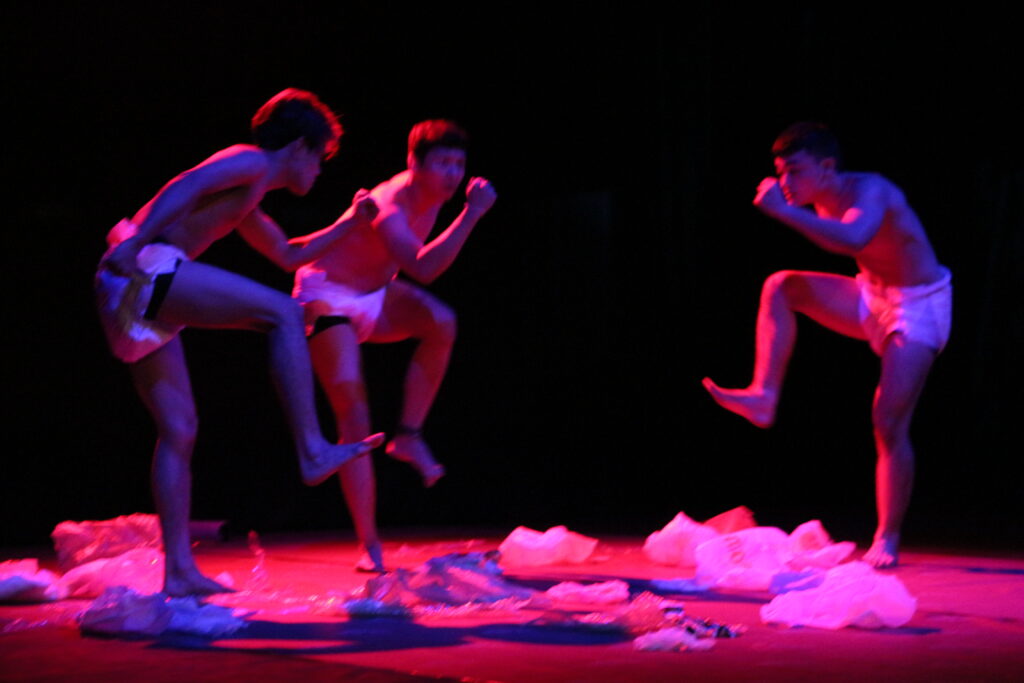
28(Fri) September, 20:00 / 29(Sat) September, 20:00 Performance
Venue:Damansara Performing Arts Centre (DPAC) DPAC Thertre
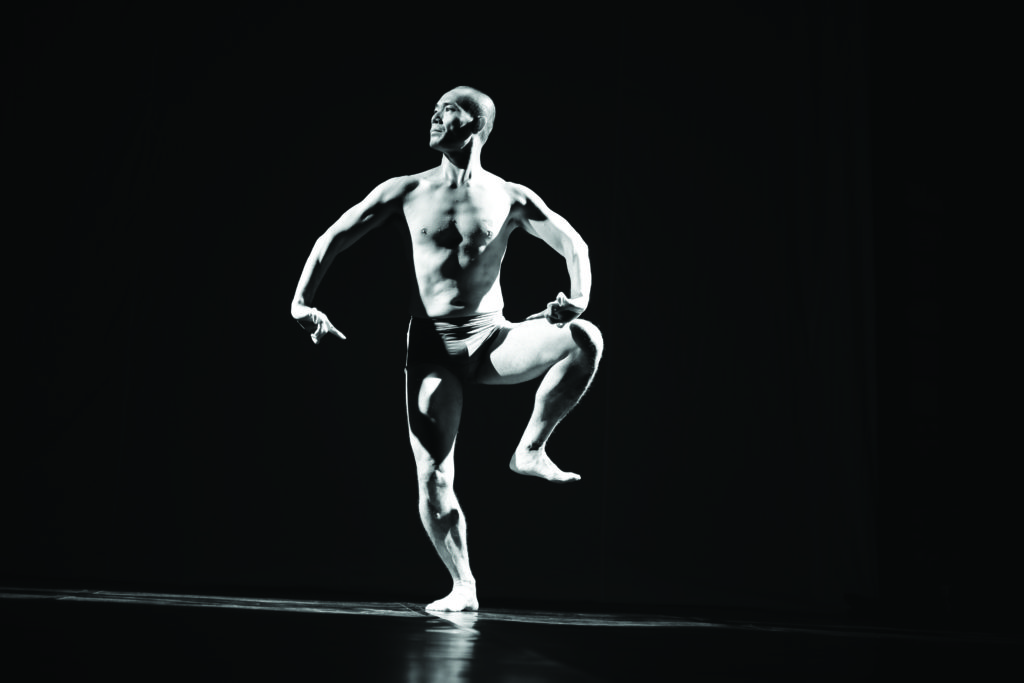
Dancer/Choreographer: Pichet Klunchun
Video editor: Puttpong Wongsawang
Translator: Associate Professor Pornrat Damrhung
Original interview video clip: TheatreWorks Singapore
I Am A Demon was created in 2005 to commemorate the third anniversary of the death of my beloved master, Master Chaiyot Khummanee. It is a story about passing the art form of Khon Dance (demon character) from one generation to the next. Beyond the teaching and learning process, it is about the relationship between master and student in real life. After the death of my master, I had one question as a student ”What does it take to become a perfect demon character?” h As a result, I started to deconstruct and decode the structure of Khon dance (demon character) in order to search for the answer step by step. I began working with body disciplinary of Demon character after that I continued with the body structures and I ended the process by working with feelings and emotions.
Finally, when this performance was completed, I found more answers than what I previously wondered. I found what the ”Thai-ness” h is and what the real art form of ”Khon Dance” h is.
Pichet Klunchun bridges traditional Thai classical dance language with a contemporary sensibility, while keeping the heart and wisdom of the convention. He trained in Thai classical mask dance, Khon, from age of 16 under Chaiyot Khummanee, one of the best Khon masters in Thailand. After receiving his Bachelor degree in Fine and Applied Arts at Chulalongkorn University in Bangkok, he pursued theatre both as dancer and choreographer. He has participated in several intercultural performing arts programmes in North America, Asia and Europe. Pichet has earned many honourable world-class awards namely “Routes ECF Princess Margriet Award for Cultural Diversity (2008)”, Chevalier of the French Arts and Literature Order (2012) and the John D. Rockefeller 3rd Award (2014).
28(Fri) September, 20:00 / 29(Sat) September, 20:00 Performance
Damansara Performing Arts Center (DPAC) , DPAC Theatre
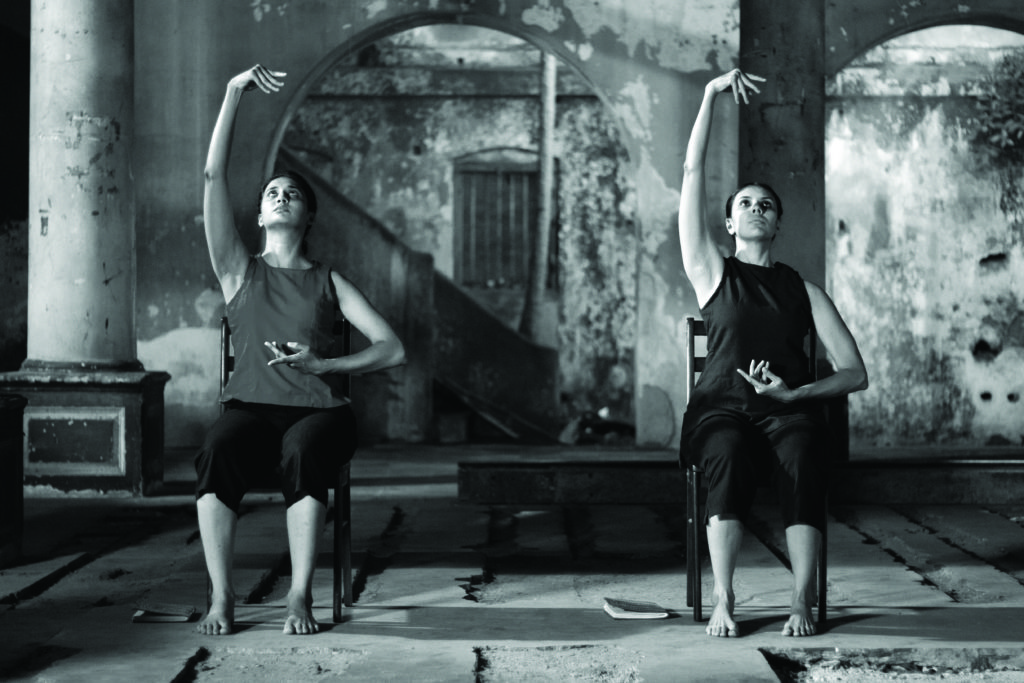
Choreography – Padmini Chettur
Music – Maarten Visser
Light – Vijay Saravanan
Text – Vivek Narayanan
Dancers – Aditi Sharad Bheda, Padmini Chettur
Co-production: MMCA (Museum for Modern and Contemporary Arts – Seoul)
Supported by IFA
Varnam. (2016) ”Completely hot for you now am I, my Lord. How do you continue to ignore me?” h–Mohamaana Varnam in Bhairavi Ragam as translated by Vivek Narayanan.
The ’Varnam’ in the traditional dance repertoire of BharataNatyam occupies the central position of any performance. It is a masterful pulling together of the narrative and the abstract. The opening lines of the Mohanaama Varnam drag us immediately and relentlessly into the complex world of heroine in the classical Indian dance. A story of lost love, abandonment and pining. It is also in its original interpretation a glorified description of god ’s divine love and lovemaking.
In this work that re-engages this iconic material and music, two dancers begin to unravel the meaning of the text, to re-physicalise the known language. Into the grid of the Varnam they bring references of contemporary text and their own personal voices of womanhood, body and sexuality.
Whereas in its traditional form the dancer and the music tell simultaneous literal stories, here the performers search for the parallel, often dissonant voice. The singing and speaking voices, the old and new aesthetics start to provoke a conversation about our own dance past. Questions that critique our notions of inheritance and collective histories.
Eventually the movement language that has been recognized for decades as the ”Varnam ” is replaced by a body vocabulary that matches the rawness that the music holds. Critiquing the content, ignoring references, proposing compositional possibilities that lay bare a musical masterwork for audiences far removed from its content.
Varnam …
The work has been reformed into a shorter duet version for this Jejak-Tabi Exchange KL in DPAC Theatre.
Padmini Chettur began her contemporary dance career in 1990 as a member of the troupe of Chandralekha, radical modernist choreographer, who dealt with deconstructing the form of Bharatanatyam. In 2001, Padmini formed her own practice that shifted choreographic tradition to a minimalistic language, visually translating philosophical concepts such as time and space and relating them to the contemporary experience. Deriving vocabularies from phenomenology, cultural studies, insect movements, astronomy, physiotherapy and sports, she created a taut visual language, where her approach to movement research is almost scientific in rigueur. Padmini has forged an overarching creative approach that pulls focus to the form and movement of the body. She made the decision not to train formally abroad, pointing to her well-formed politics. Her work, highly abstract in nature, is rooted in the uniquely engaged dance community of Chennai.
Dance archivist and curator Linda Agnesia Mayasari and performance-maker Mark Teh present their artistic journeys that are intimately intertwined with personal identities at home and abroad. Teh ’s interest in interpreting and imagining a nation in the making of Malaysia leads him to create performances that dwell in historical documents and the documentary format with what he calls ”frictioning official texts with personal experiences/memories, parallel historical texts, and further research by performers ”. Emphasising collaboration, Teh ’s strategies of staging histories also mean working with other artists and researchers from different fields. In recent works, such as his The Complete Future of Malaysia series, Teh advocates generative, open-ended research processes ”taking form in multiple chapters of installations, exhibition, participatory projects, performances, lectures, etc ”.
On the other hand, Linda Mayasari unearths the archives of two historical Yogyakarta-based choreographers Bagong Kussudiardja and Wisnu Wardhana in an exhibition entitled ”Peeping into the Dance Archive: Drunk with Anything American vis-à-vis National Identity ”. The exhibition took place in the first edition of Jejak-Tabi Exchange in Yogyakarta Cemeti – Institute for Art and Society in collaboration with performance scholar Muhammad AB. Linda will speak of the important findings of their research of choreographers Kussudiardja and Wardhana specifically of their artistic achievements between 1950s and 1960s. This was a key period for Indonesian dance development that was also influenced by burgeoning Indonesian modernity and national identity of that time. Both Kussudiardja and Wardhana were the first Indonesian dance artists to travel to the US funded by the Rockefeller Foundation, including a studio stint with Martha Graham. Researchers Muhammad AB and Linda Mayasari connect personal histories of the choreographers with the larger political landscape of Indonesia, particularly early nation-building attempts through international cultural missions, designed by Indonesia ’s first president Sukarno (1945-1967).
A Double Bill Lecture by: Linda Agnesia Mayasari (Yogyakarta) Mark Teh (Kuala Lumpur)
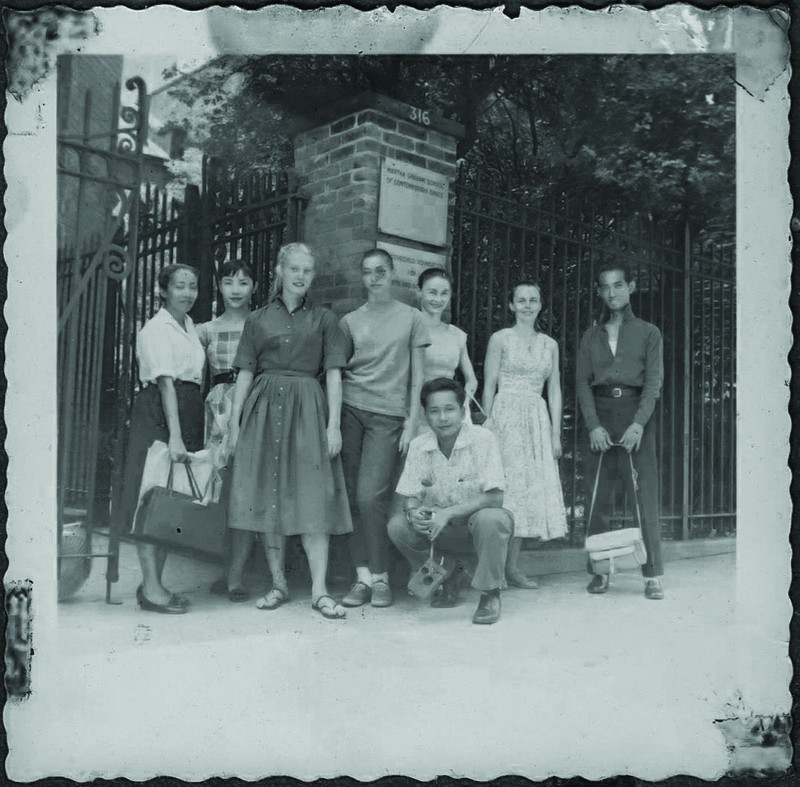
Artist profile
Linda Mayasari is Director at Cemeti – Institute for Art and Society, where she has worked since 2010, and also associate curatorial assistant for the Indonesia Dance Festival. She is cuuuuuuuurrently completing her Masters in Religious & Cultural Studies at Sanata Dharma University, with research into intersections of art, politics and post colonialism within Indonesian cultural and historical contexts. She was previously programme manager at performing art space Bagong Kussudiardja Foundation (2008 – 2010), in Yogyakarta, and was a member of Gandrik Theatre (2009 – 2015). She was the Yogyakarta producer of the inaugural edition JEJAK-旅 TABI in July 2018.
Mark Teh is a researcher and performance maker based in Kuala Lumpur. His diverse, collaborative projects are particularly engaged with the issues of history, memory and the urban context, often taking on documentary and speculative forms. His practice is situated primarily in performance but also operates via exhibitions, participatory projects, writing, curating and education. Mark graduated with an MA in Art and Politics from Goldsmiths, University of London, and is a member of Five Arts Centre, a collective of interdisciplinary artists, producers and activists in Malaysia.
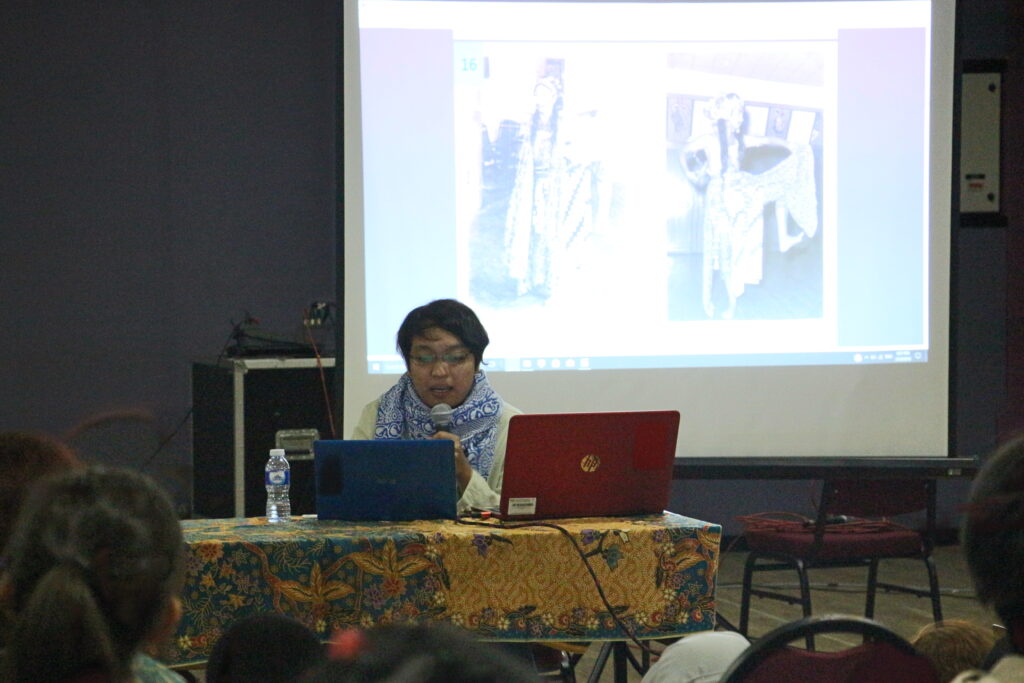
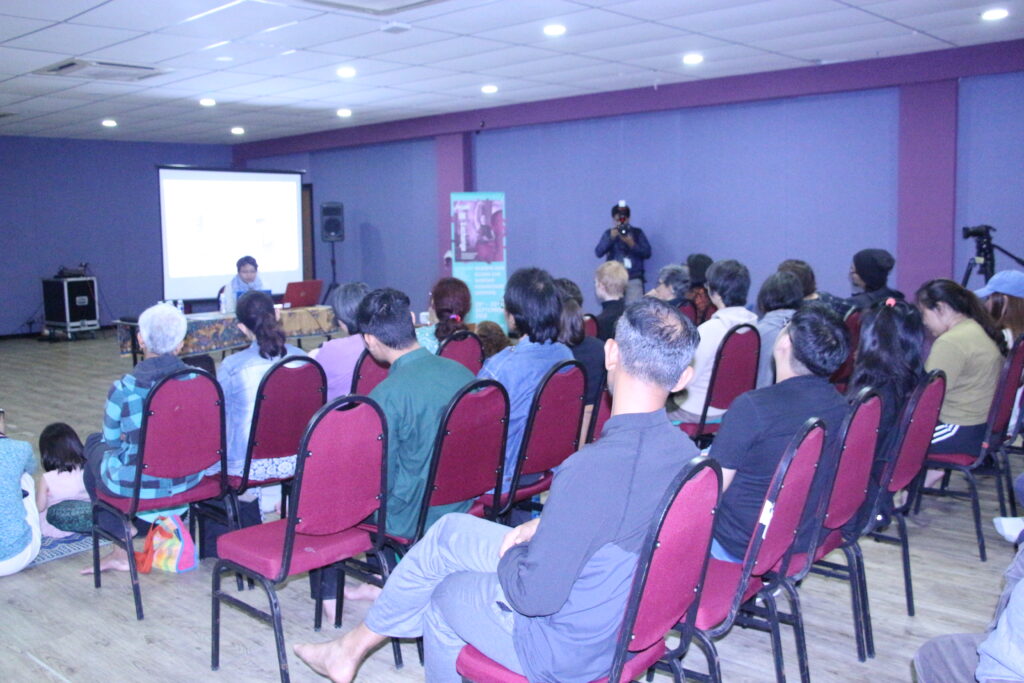
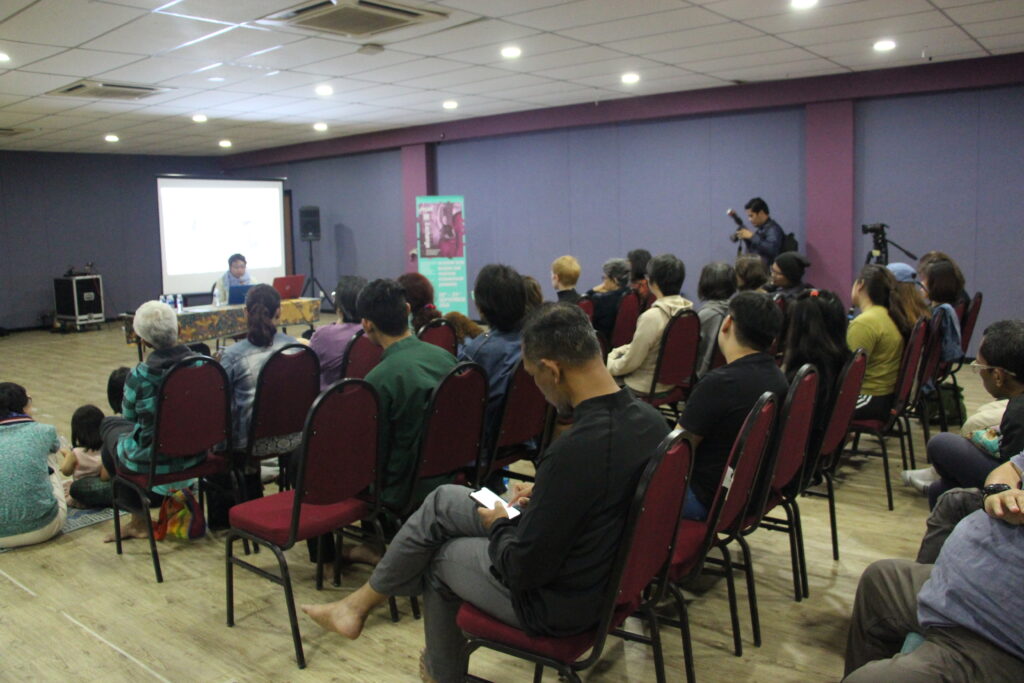
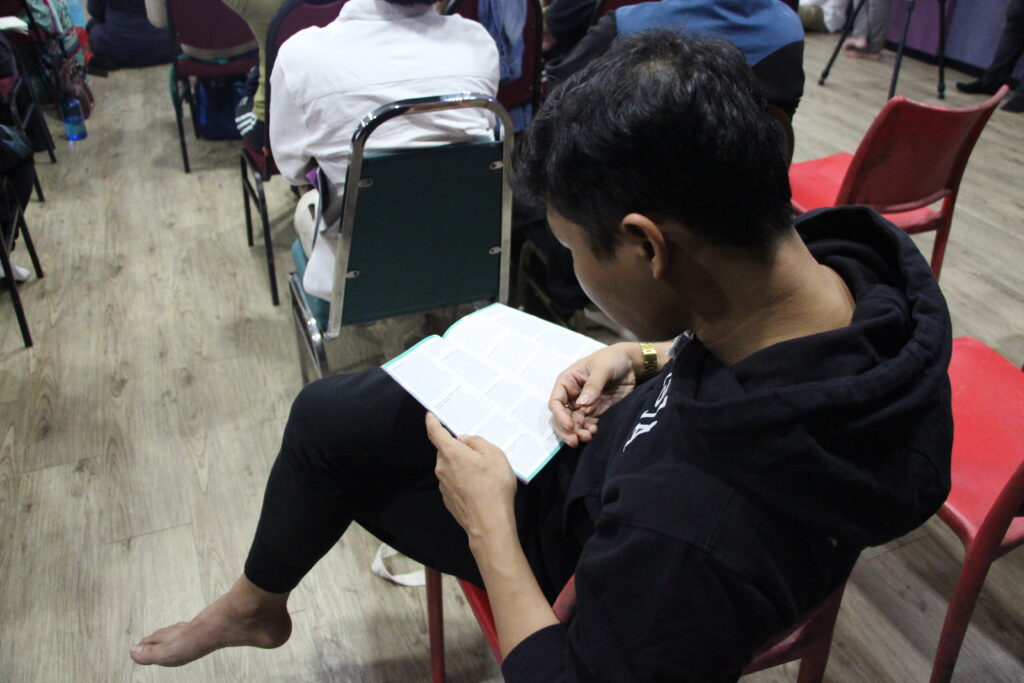
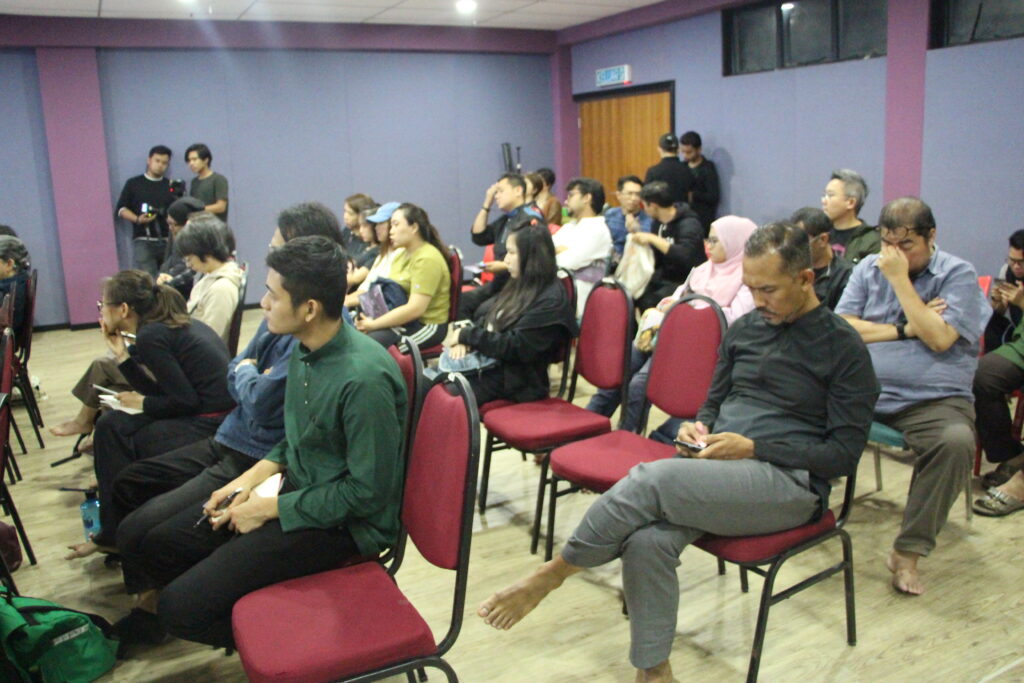
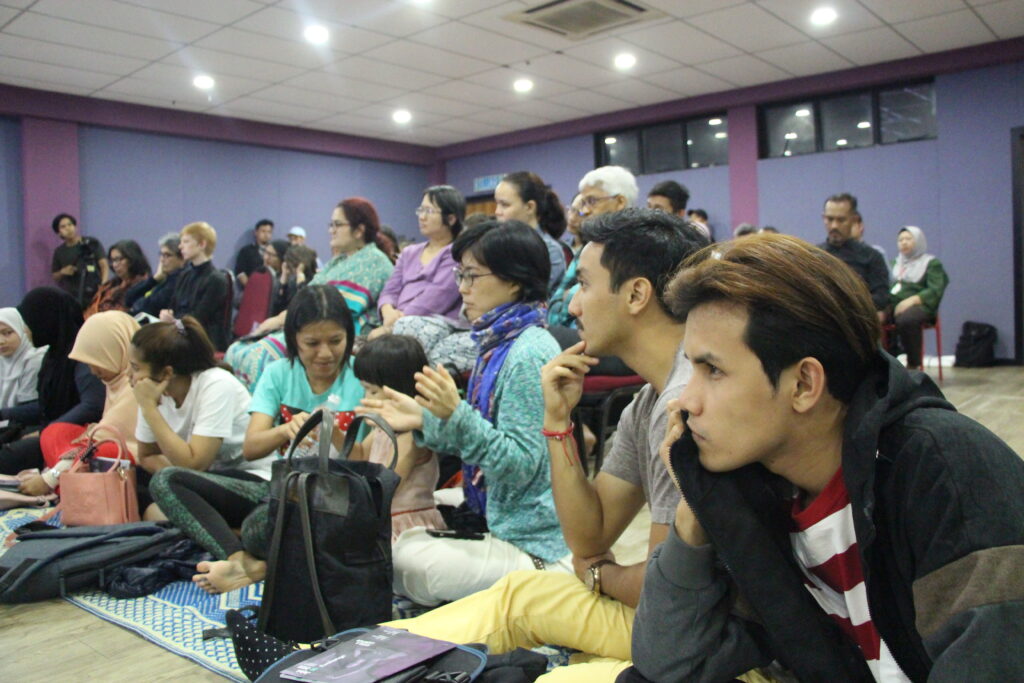
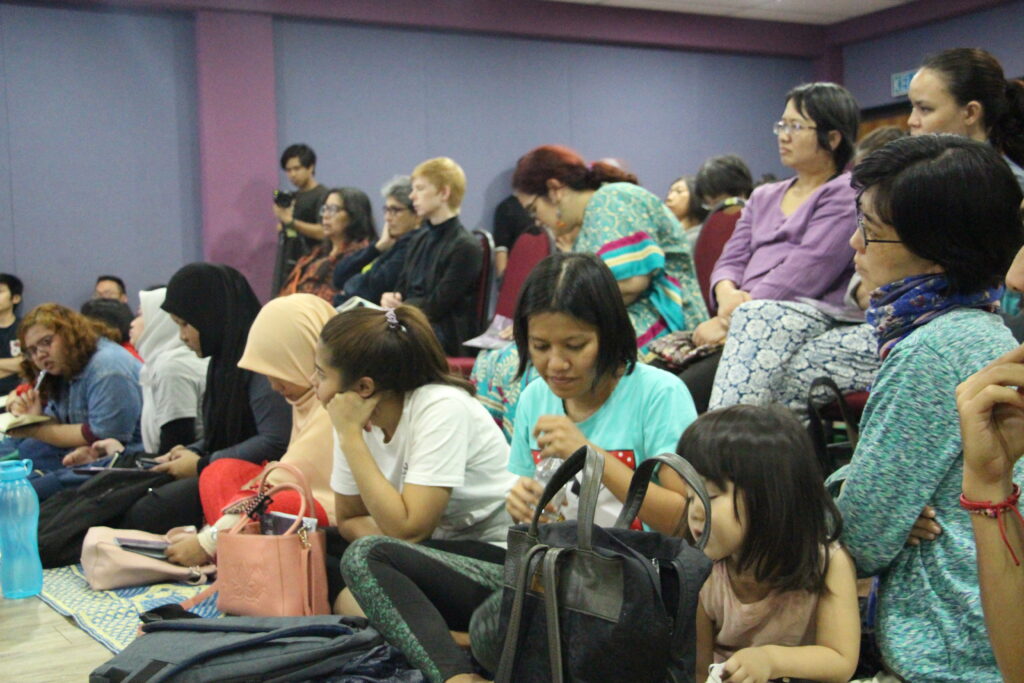
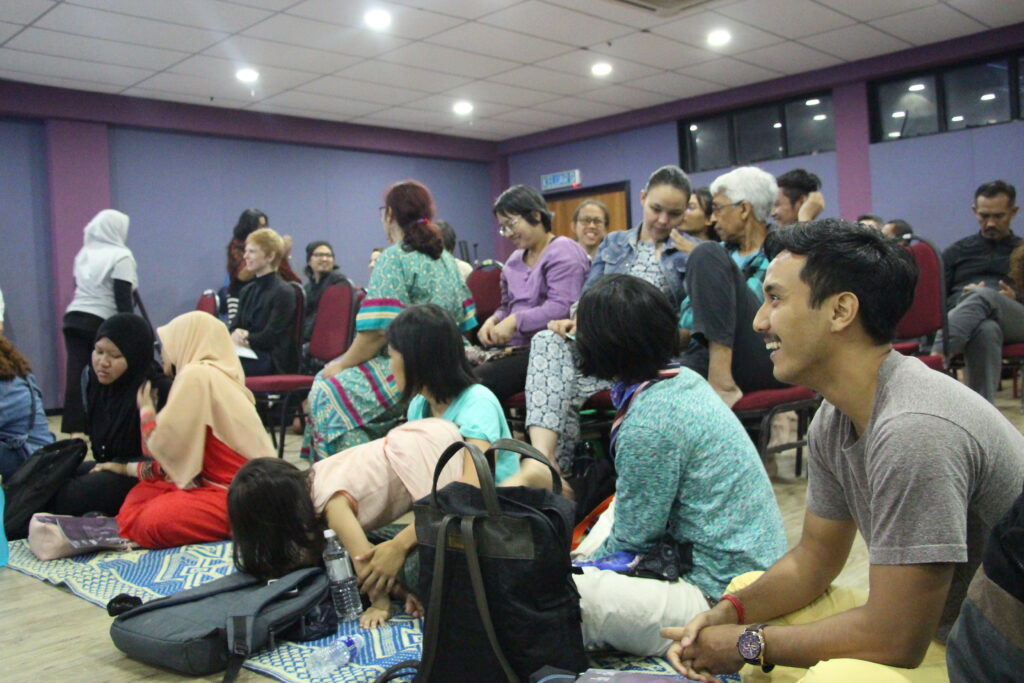
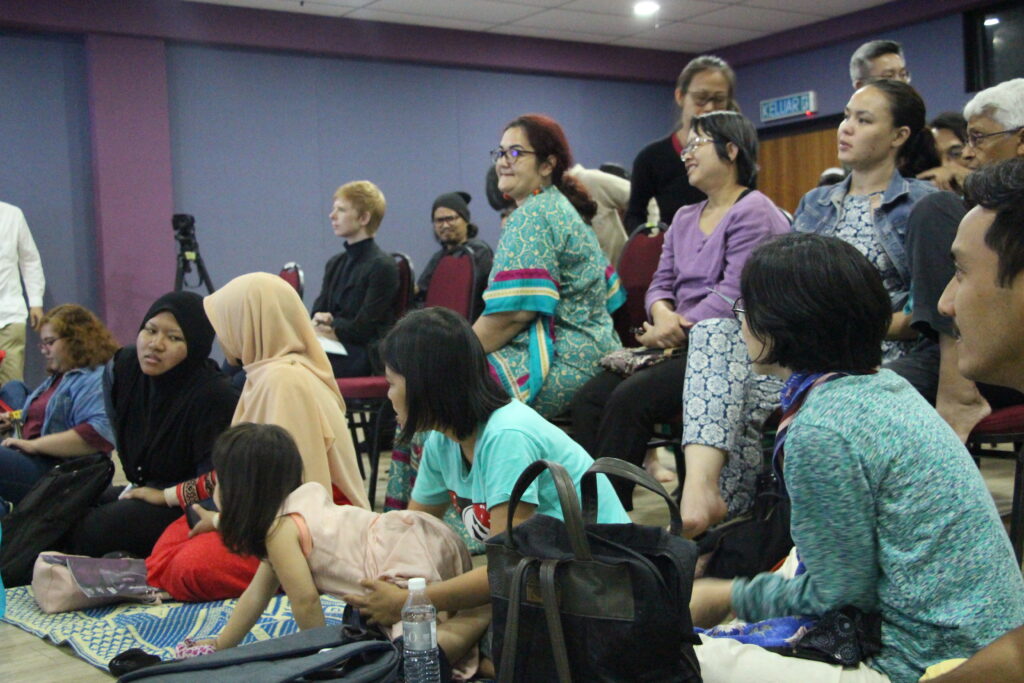


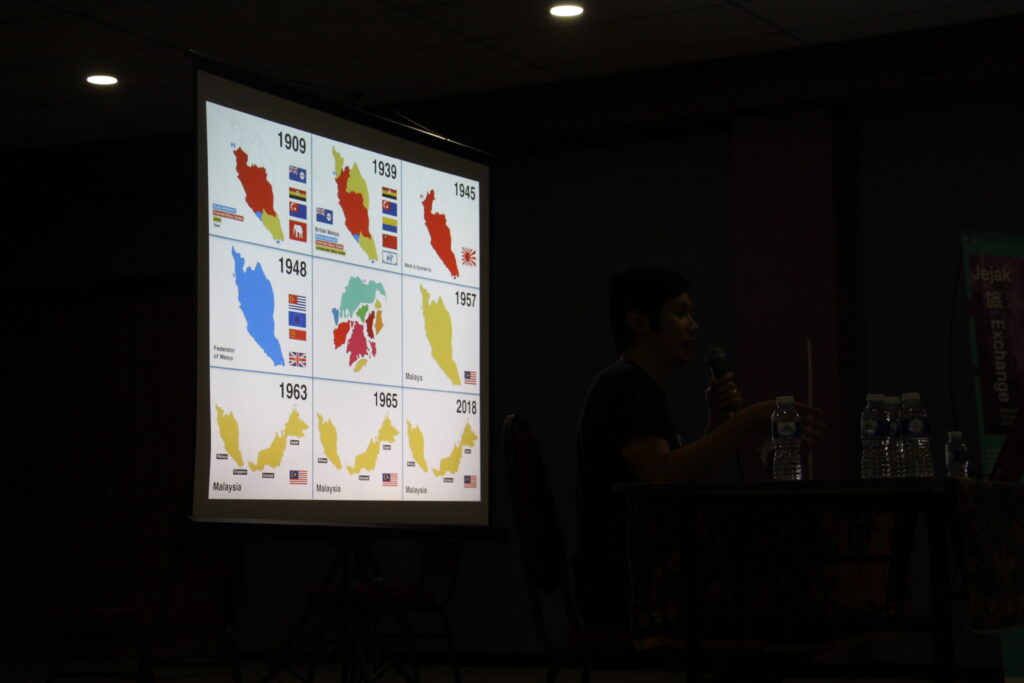
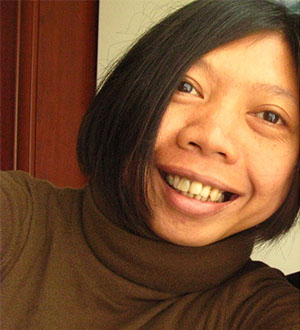
Helly Minarti is Jakarta-born and works as an independent, itinerant dance scholar/curator, rethinking radical strategies to connect theory and practice. She is interested in historiographies of choreography as discursive practice vis-a-vis the eclectic knowledges that infuse the understanding of human body/nature. She worked as Head of Arts for the British Council Indonesia (2001-03), which set her off to curating. She has been involved in various arts exchange projects, forums/conferences, and conducted research fellowships in Asia, Europe and the US. She is a recipient of the British Chevening Award, Asia Fellows Scholarship, Asian Cultural Council and most recently the US-ASEAN Fulbright Visiting Scholar Fellowship. Helly earned a Ph.D in dance studies from University of Roehampton (UK) and has just relocated to Yogyakarta where she is preparing to launch LINGKARAN | koreografi, a collaborative research platform focusing to expand the critical notions of choreography.
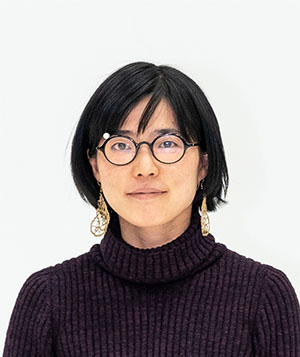
Born in Tokyo in 1979, Akane Nakamura became involved in performing arts while she was an undergraduate in the College of Art at Nihon University. She handles tasks in a wide variety of areas, such as production of the activities of contemporary theater and dance artists and companies inside and outside Japan, holding of site-specific festivals, and execution of programs for interdisciplinary human resource development. She founded precog Co., Ltd. in 2006, during her stint as program director at the NPO ST Spot Yokohama (2004 – 2008), and has been its Representative Director since 2008. precog has produced the works of artists in Japan and other countries, including Toshiki Okada’s chelfitsch and Mikuni Yanaihara’s Nibroll, and handled international tours and co-productions in 70 cities in 30 different countries. In 2009, she established the NPO Drifters International. She proposed and is one of the directors of the Open Network for Performing Arts Management (ON-PAM). Since 2011, she has served as a part-time instructor in the Nihon University College of Art. She has built up an impressive record of collaboration with other parties, such as The Japan Foundation Asia Center, British Council, Kanagawa Arts Theatre (KAAT), Tokyo Metropolitan Government, and the municipal governments of Kunisaki and Bungo-Takada in Oita Prefecture.
Since 2019, Ms. Nakamura has been broadening the activities of precog, as evidenced by its service as the secretariat of the True Colors Festival. This event is organized by The Nippon Foundation and aimed at transcending disabilities and differences in aspects including gender, generation, language, and nationality.
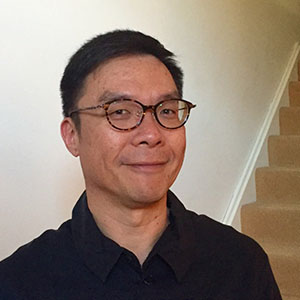
Malaysian-born How Ngean is an independent dance dramaturg, producer and performance-maker, and has been actively involved in the performing arts for more than 20 years. He was conferred his Phd from the National University of Singapore with his thesis entitled Choreographic Modernities: Movement and Mobility in Southeast Asian Contemporary Dance. He has dramaturged for critically acclaimed choreographers Daniel Kok, Joavien Ng, Kuik Swee Boon and Ming Poon from Singapore; Pichet Klunchun in Thailand and the Phnom Penh-based Amrita Performing Arts. How Ngean is founding director of the Asian Dramaturgs’ Network (ADN, 2016), a platform for critical exchange on dramaturgy among dramaturgs in the Asian region. It has so far has three successful symposiums in Singapore (2016), TPAM Yokohama (2017) and, OzAsia, Adelaide (2017). His recent publication is a chapter contribution ‘Rhythmic Operations, Material Description, and Analysis in Dance’ in Choreography and Corporeality: Relay in Motion (Palgrave 2016).
Cemeti – Institute for Art and Society (formerly ‘Cemeti Gallery’, then ‘Cemeti Art House’), is the oldest platform for contemporary art in Indonesia, located in Yogyakarta. Cemeti was founded in 1988 as a site for exchange, providing space for artists to develop and exhibit their work. In 1995, the then newly founded Cemeti Foundation (since 2007 operating independently as the Indonesian Visual Art Archive, IVAA) was the first organization to start documenting contemporary visual art in Indonesia. In January 2017, Cemeti’s artist founders Nindityo Adipurnomo and Mella Jaarsma, stepped aside from the day-to-day running of the organization and a new team took over the helm, changing the name from Cemeti Art House to Cemeti – Institute for Art and Society. The new subtitle takes as a starting point the idea of “instituting” as a collective social process in which we find forms for shared urgencies and ideologies.
Damansara Performing Arts Centre (DPAC) is an organisation dedicated to promoting arts in Malaysia, through learning, practising, and appreciating arts. DPAC aims to further enhance public awareness on the importance of art-forms that enrich our lives while shaping today’s world. DPAC has a proscenium theatre, a black box, an experimental theatre, an indoor theatre-foyer and several dance studios. They are all equipped with state-of-the-art facilities. These facilities cater to the professional practices of different performing arts practitioners in various forms.
AKADEMI SENI KEBANGSAAN (ASK) was established in 1994 under the Ministry of Culture, Arts and Tourism Malaysia. Now known as AKADEMI SENI BUDAYA DAN WARISAN KEBANGSAAN (ASWARA) established on August 1, 2006 through ACT Academy of Arts, Culture and Heritage, 2006 (Act 653). ASWARA is the only institution of higher learning in the field of performancing arts that is supported entirely by the Government of Malaysia under the Ministry of Culture and Tourism Malaysia. It is an institution of higher learning to provide a space for learning, research and academic publications and professional advisory services in the field of arts, culture and heritage aimed at producing skilled artists and practitioners who are competent in their fields besides strengthening the sustainability of the national arts heritage. In principle, ASWARA focuses on arts education for performers knowledgeable and professional for the local industry.
Linda Mayasari (b.1985) is Director at Cemeti – Institute for Art and Society, where she has worked since 2010, as well as a member of the associate curatorial assistant for the Indonesia Dance Festival.
She is currently pursuing her studies in Religious & Cultural Studies Department at Sanata Dharma University, whilst working toward her personal research and writing exploring the intersections of art, politics and post colonialism within the cultural and historical context of Indonesia.
Occasionally she works collaboratively with artists from various fields (particularly dance and visual art) to produce independent research based projects.
Previously, Linda worked as a program manager at Bagong Kussudiardja Foundation (2008 – 2010), a performing art space in Yogyakarta, and was a member of Gandrik Theatre (2009 – 2015).
She has attended numerous international forums on the visual and performing arts including Asia Arts Space Network, Korea in 2015, Setouchi Asian Forum, Japan in 2016, Monsoon Platform, Belgium in 2017.





